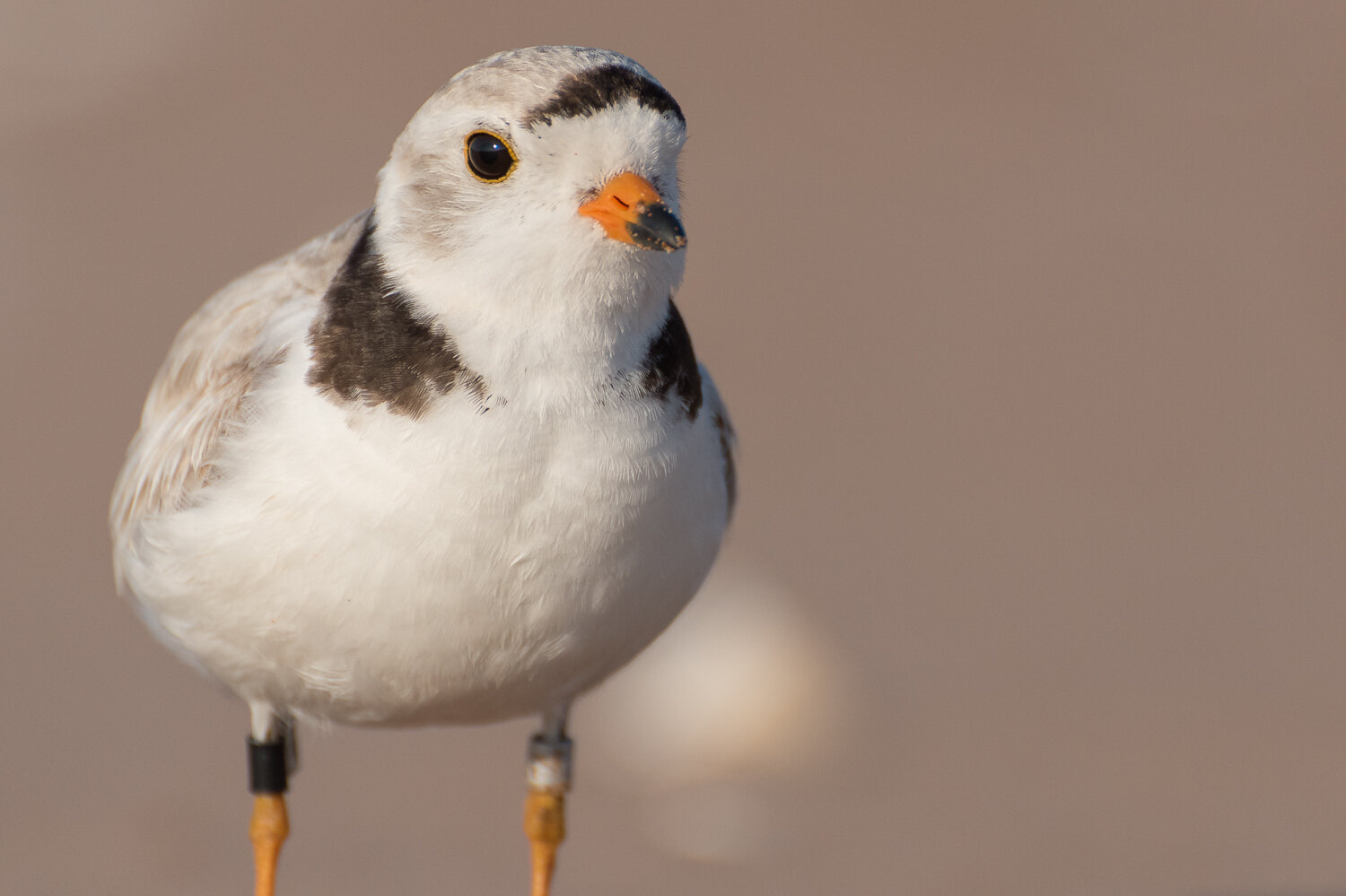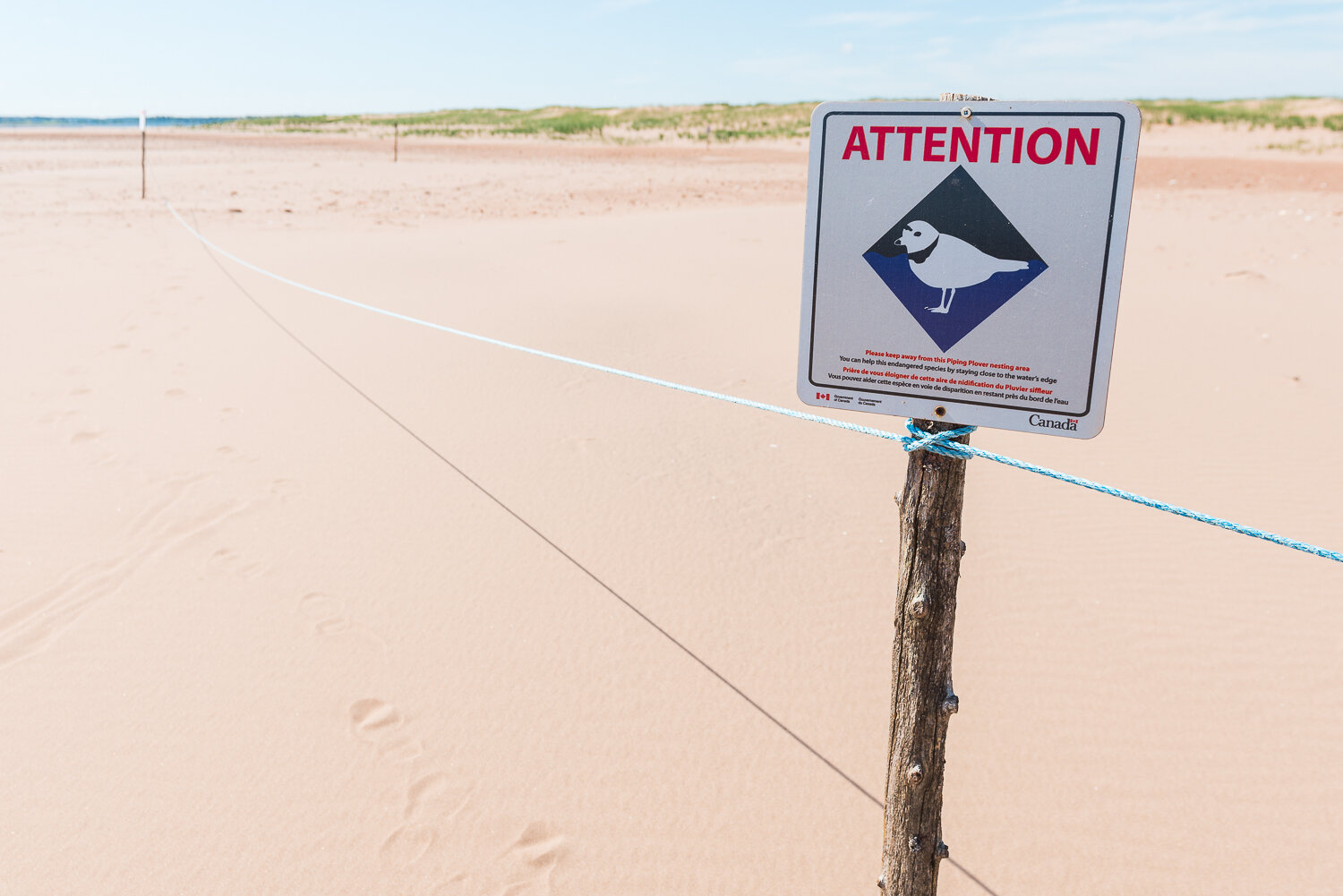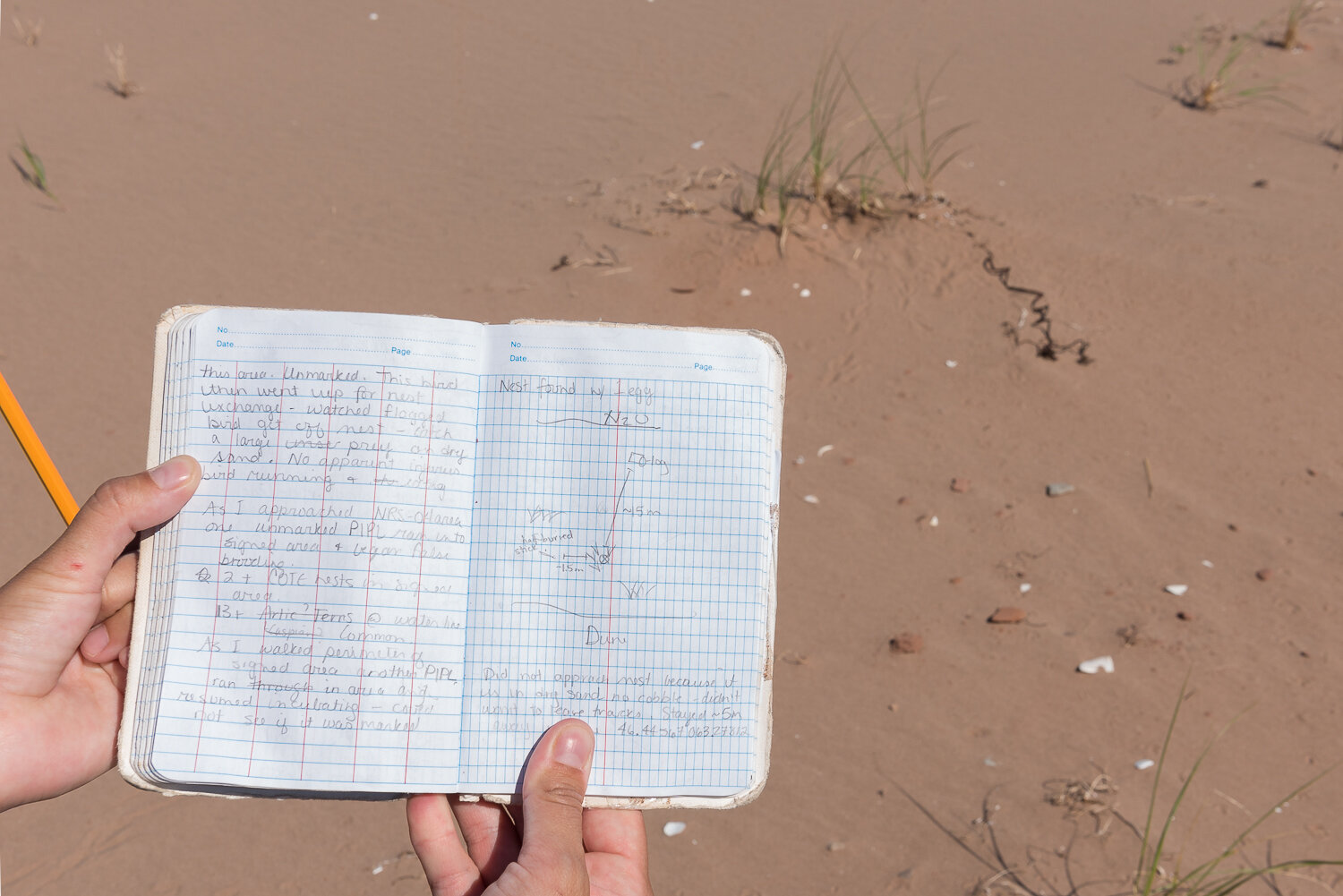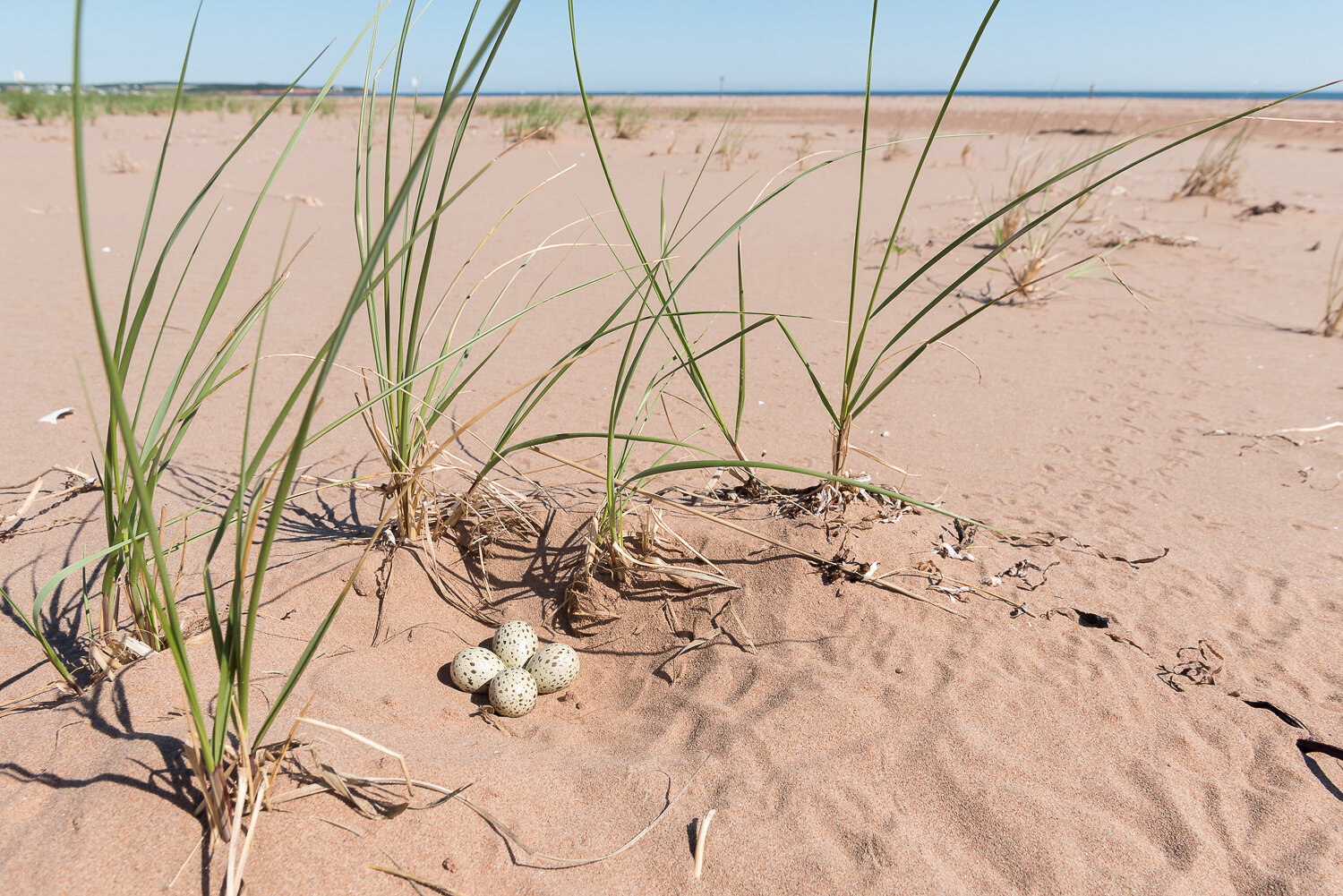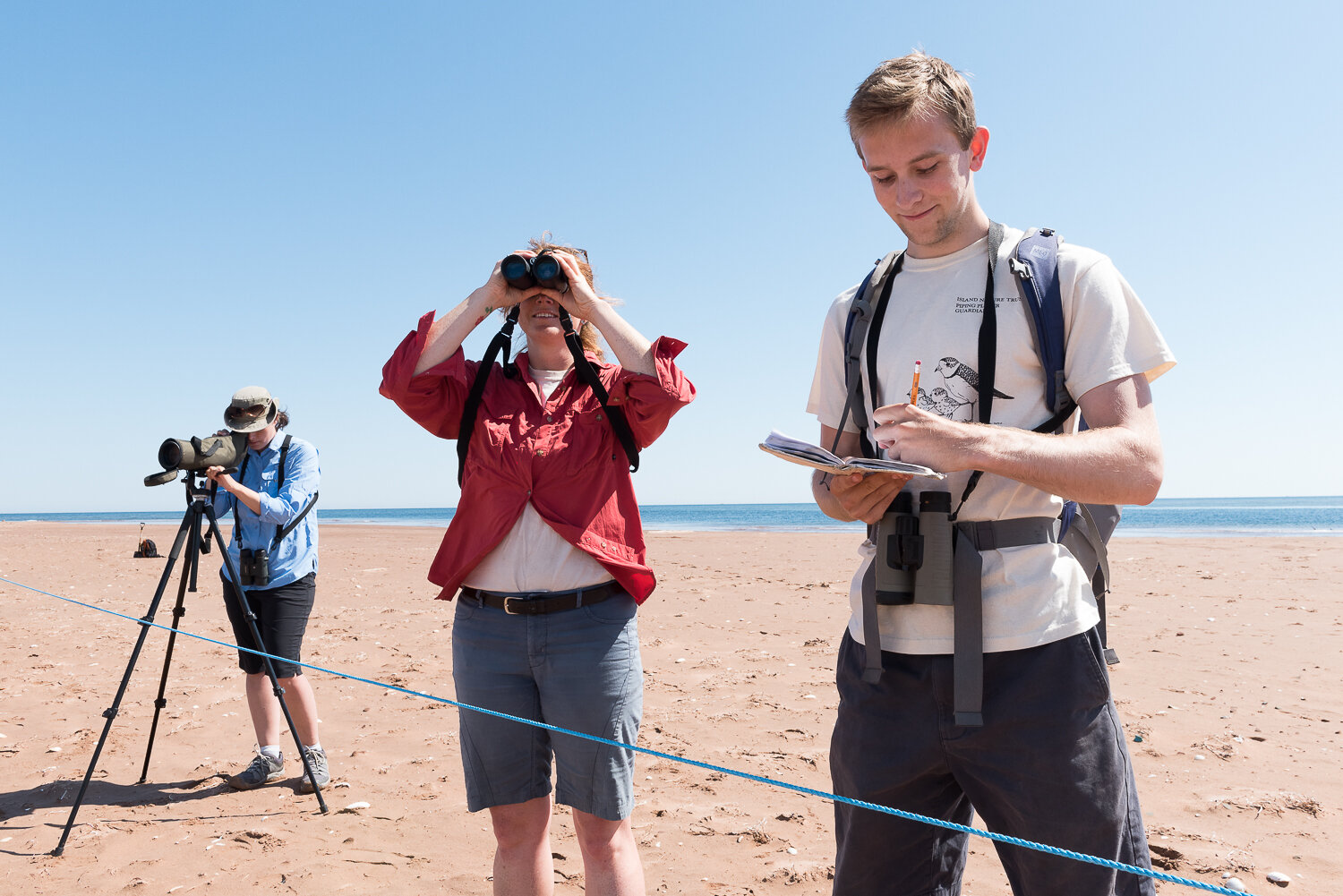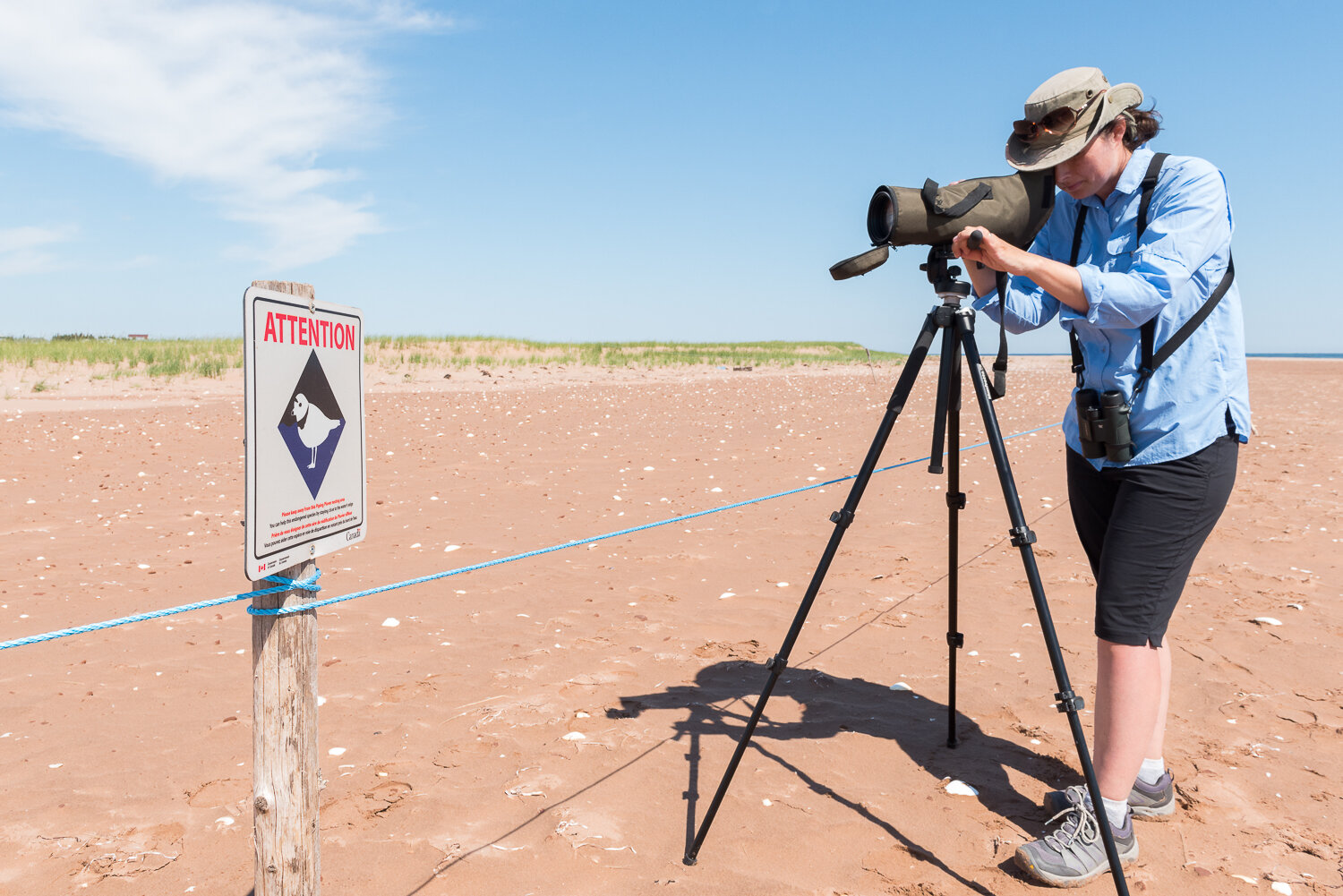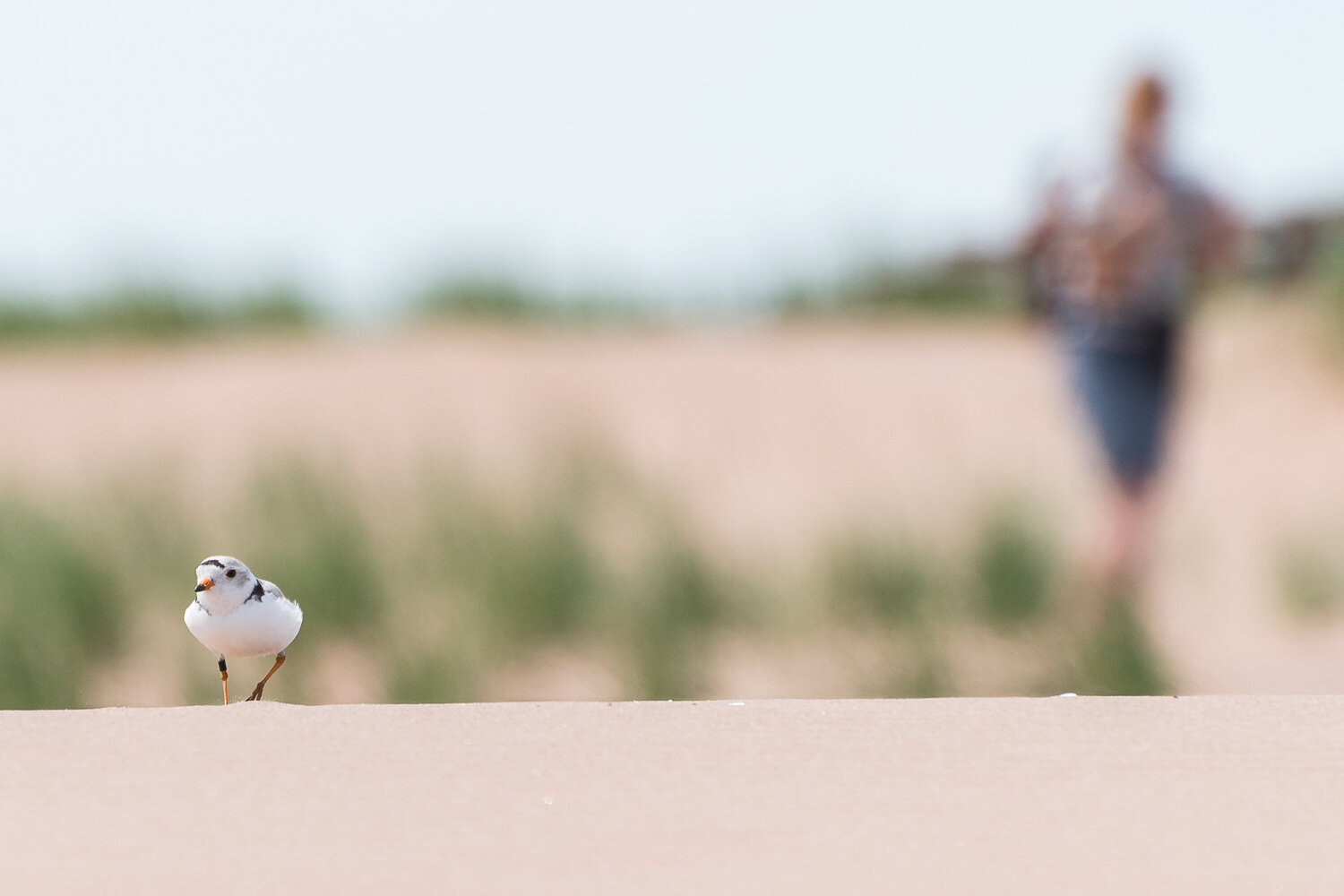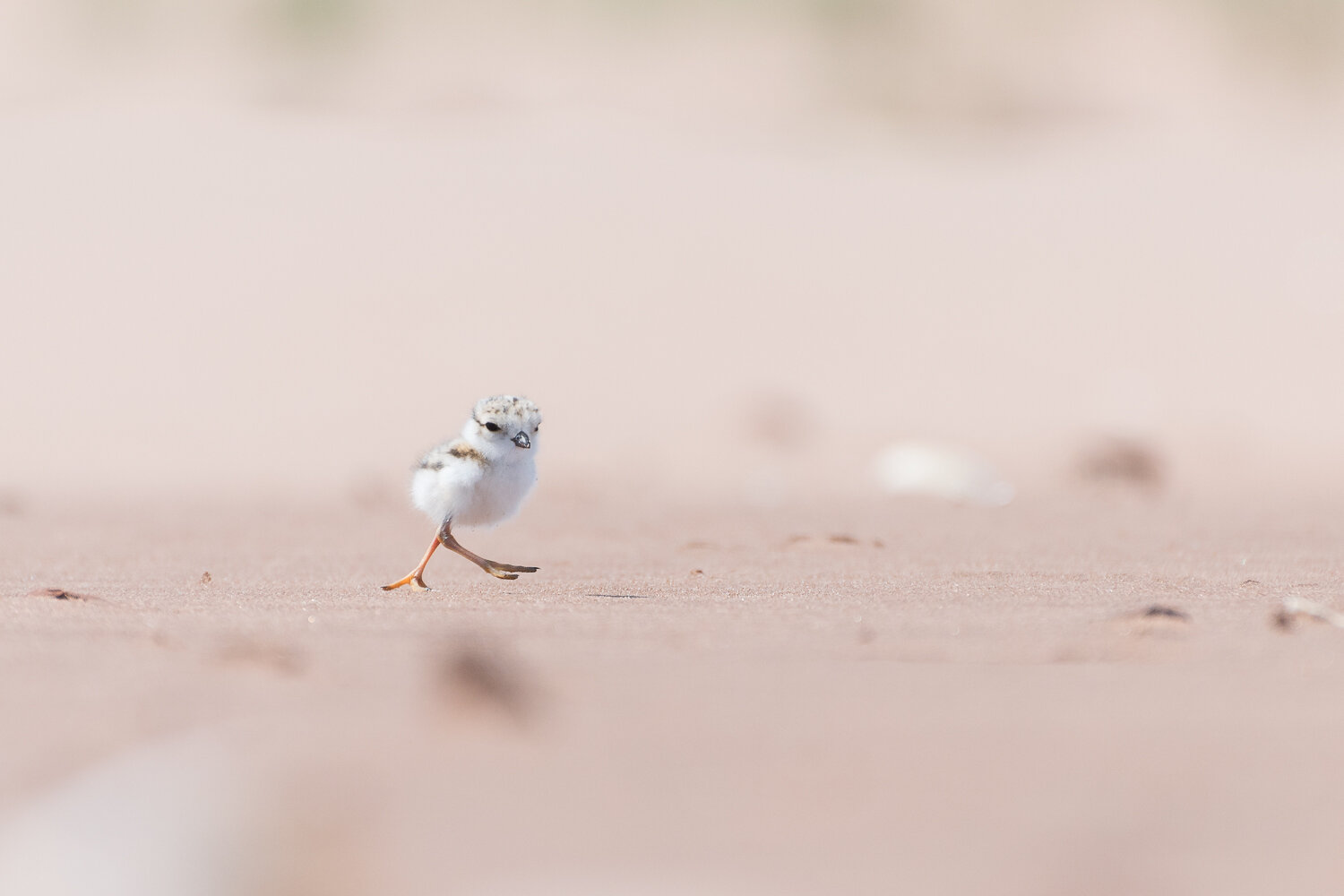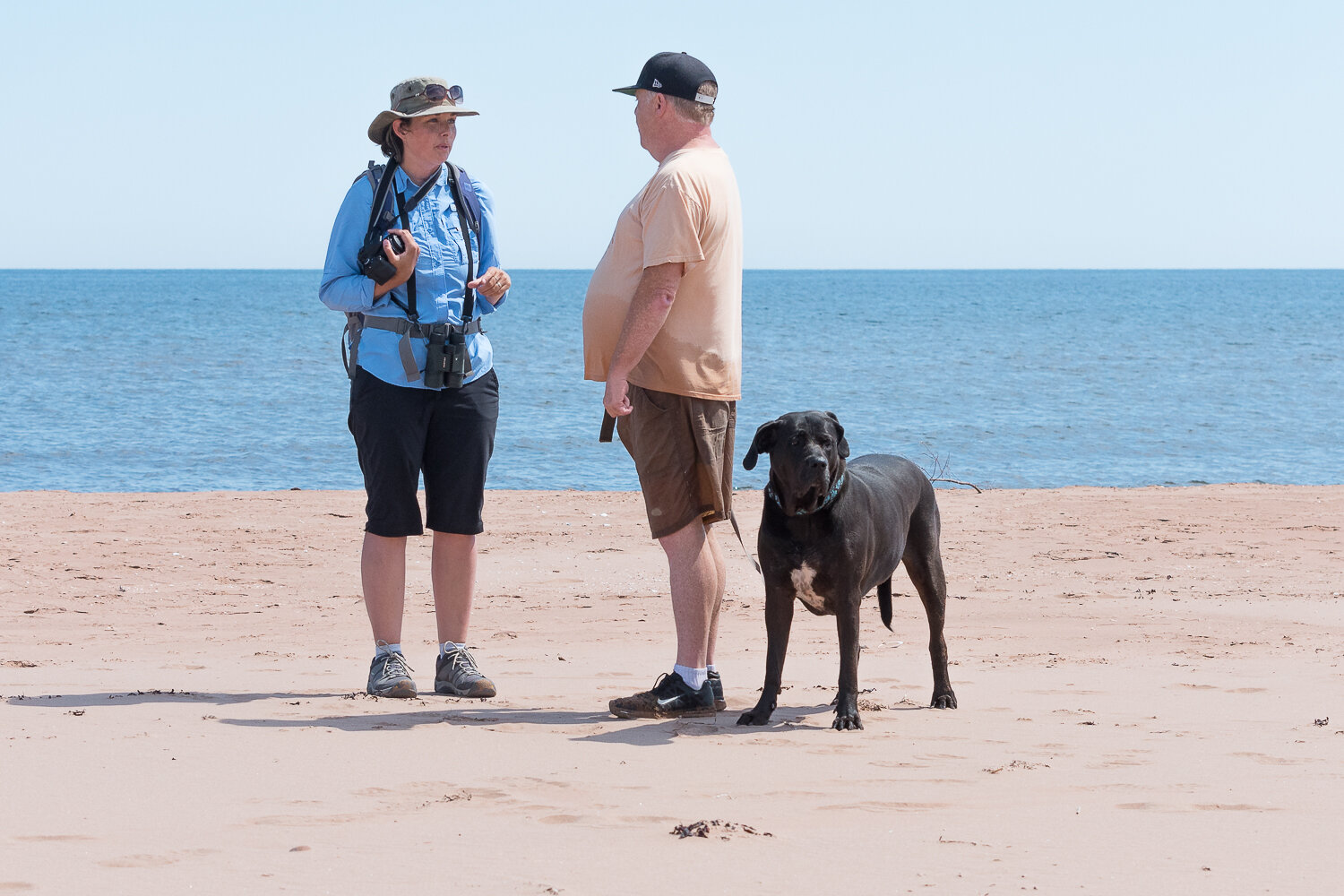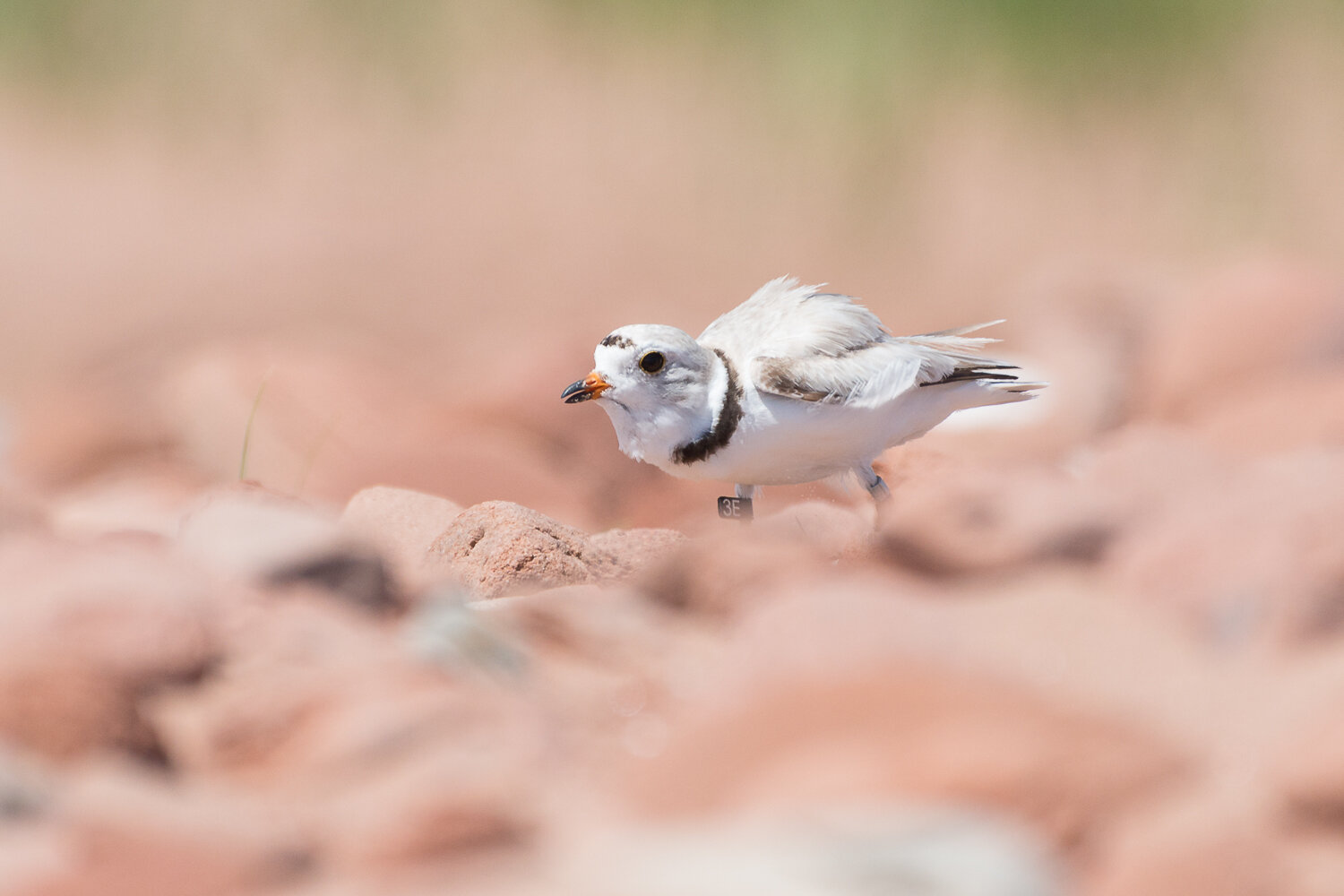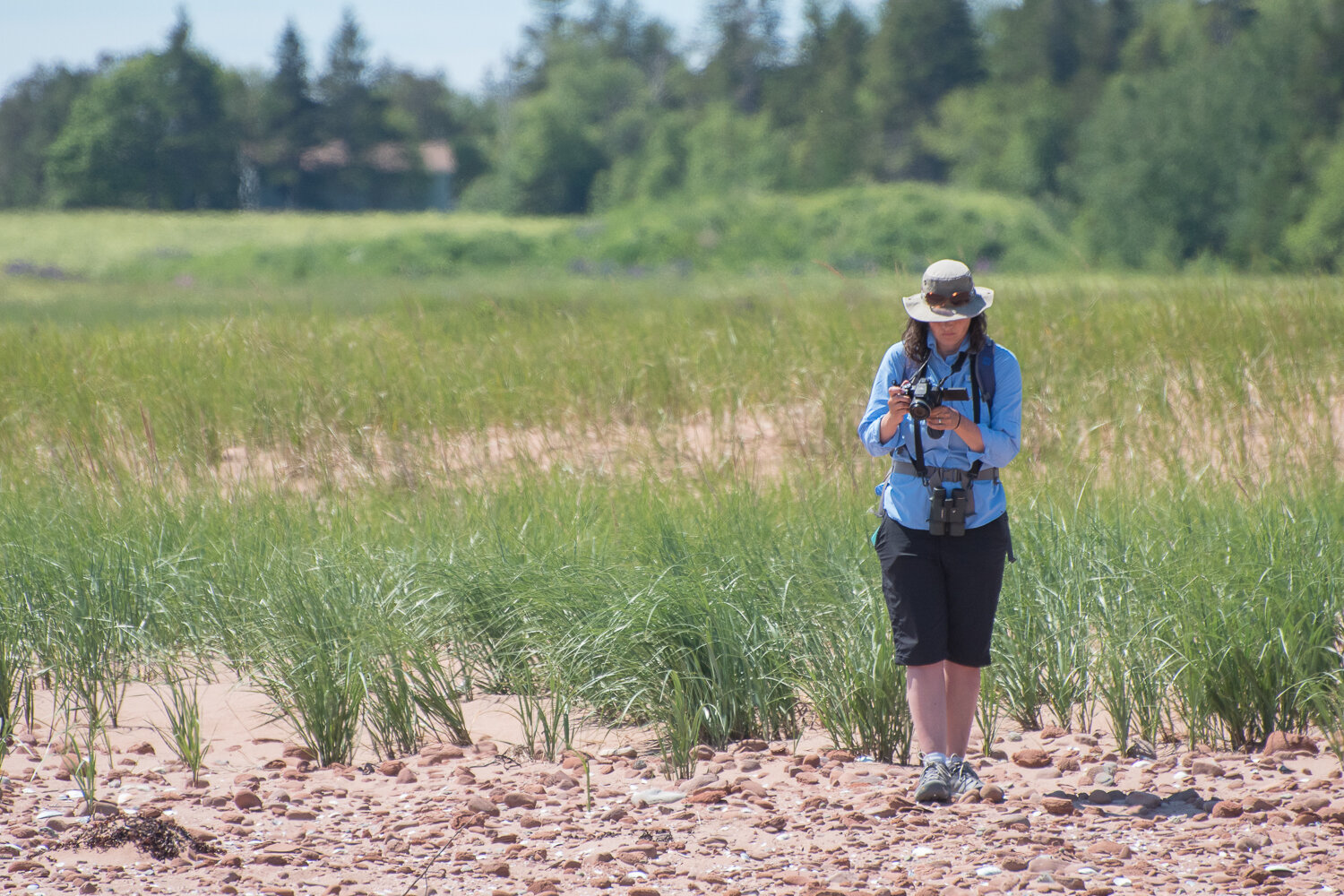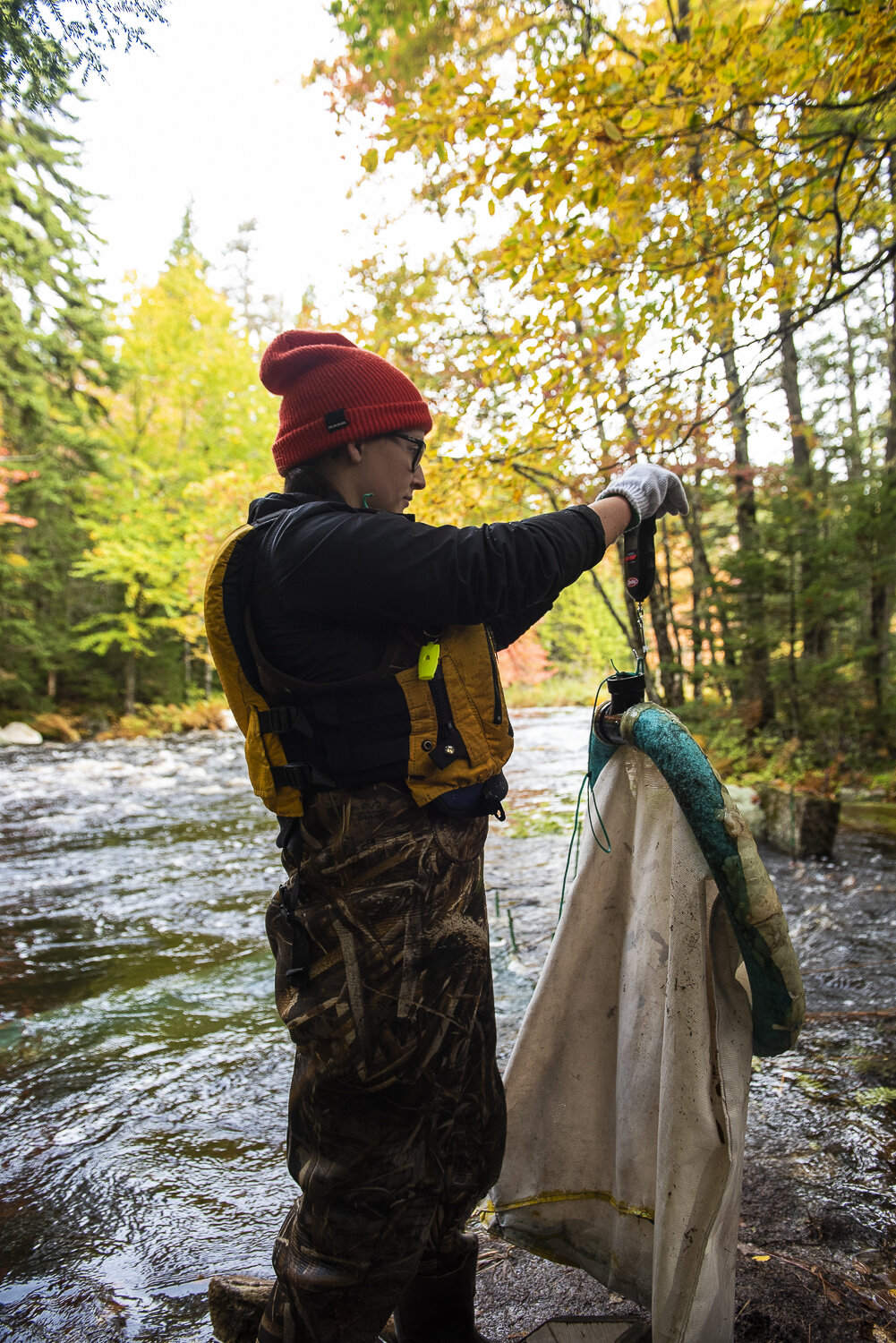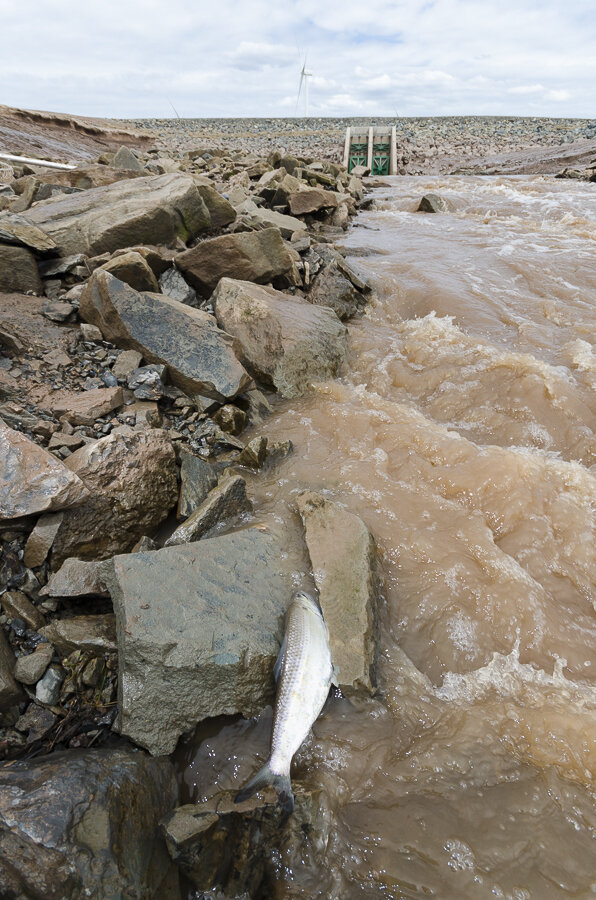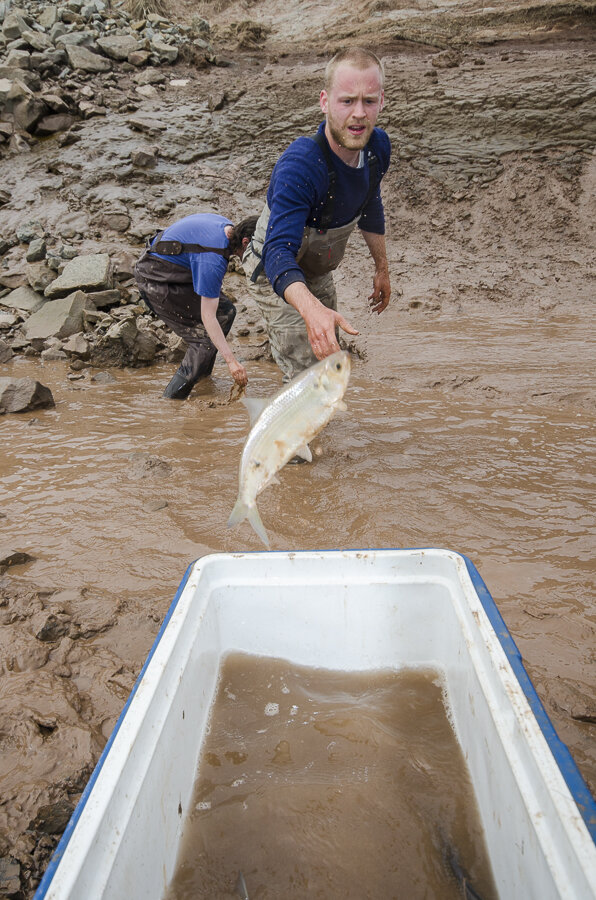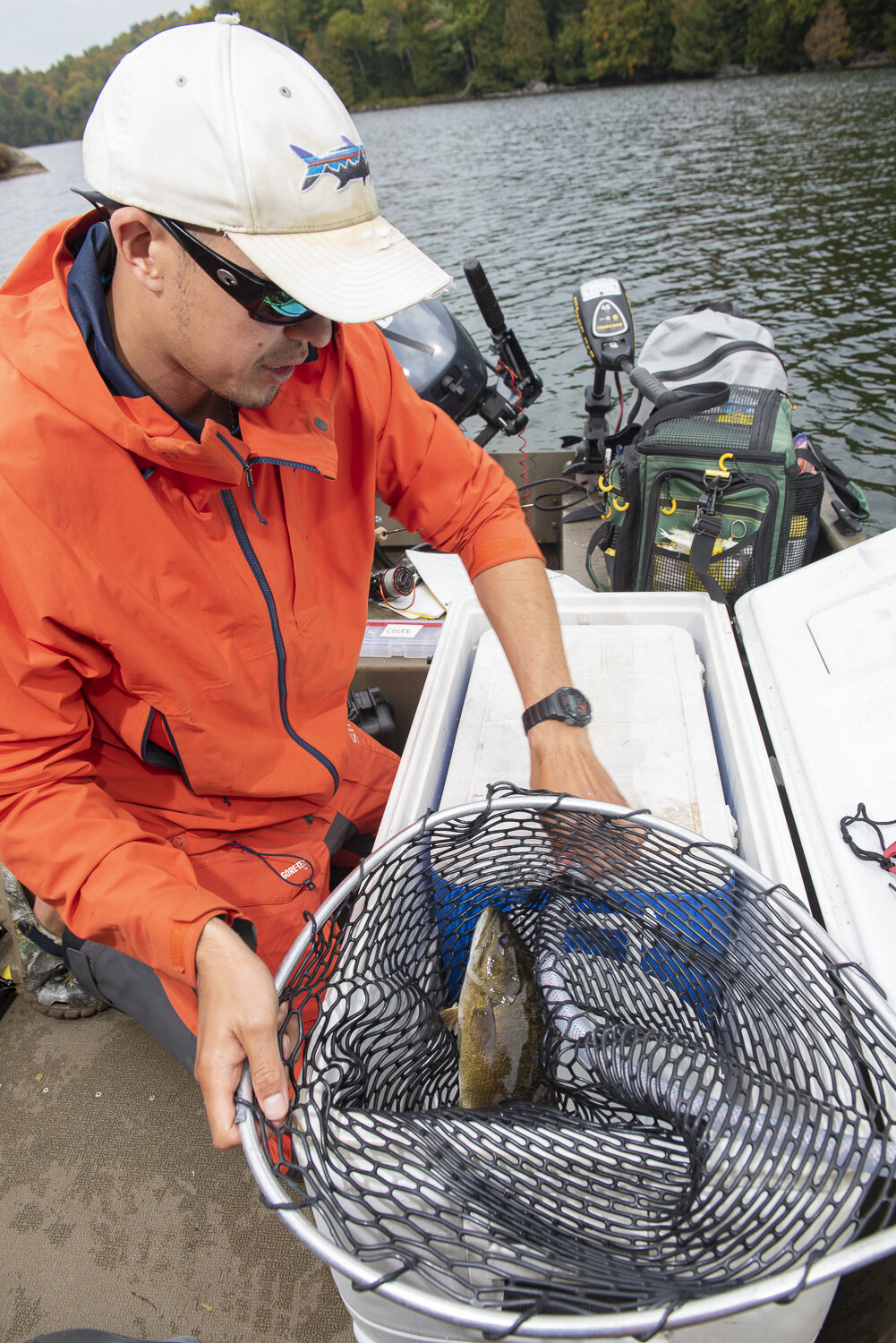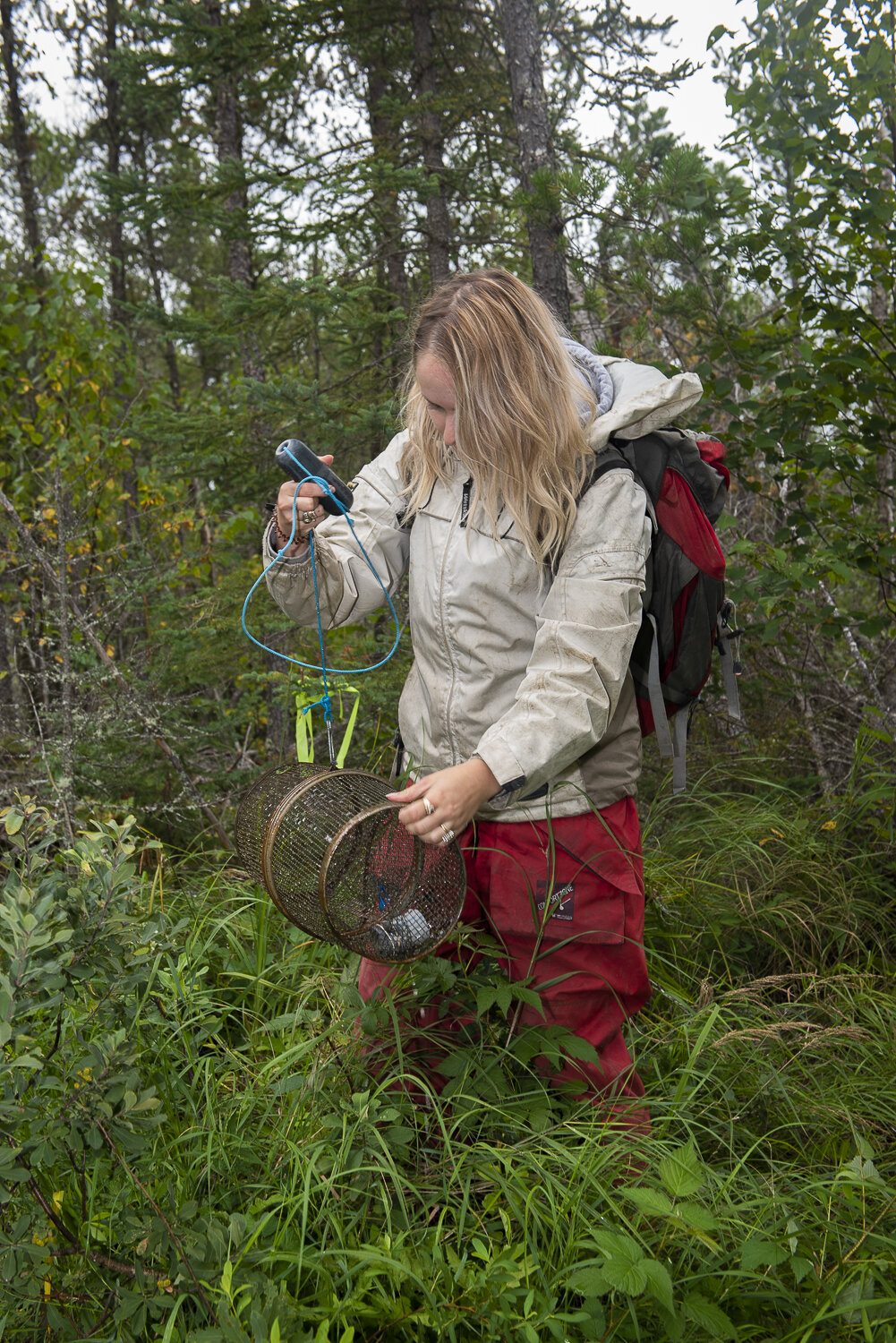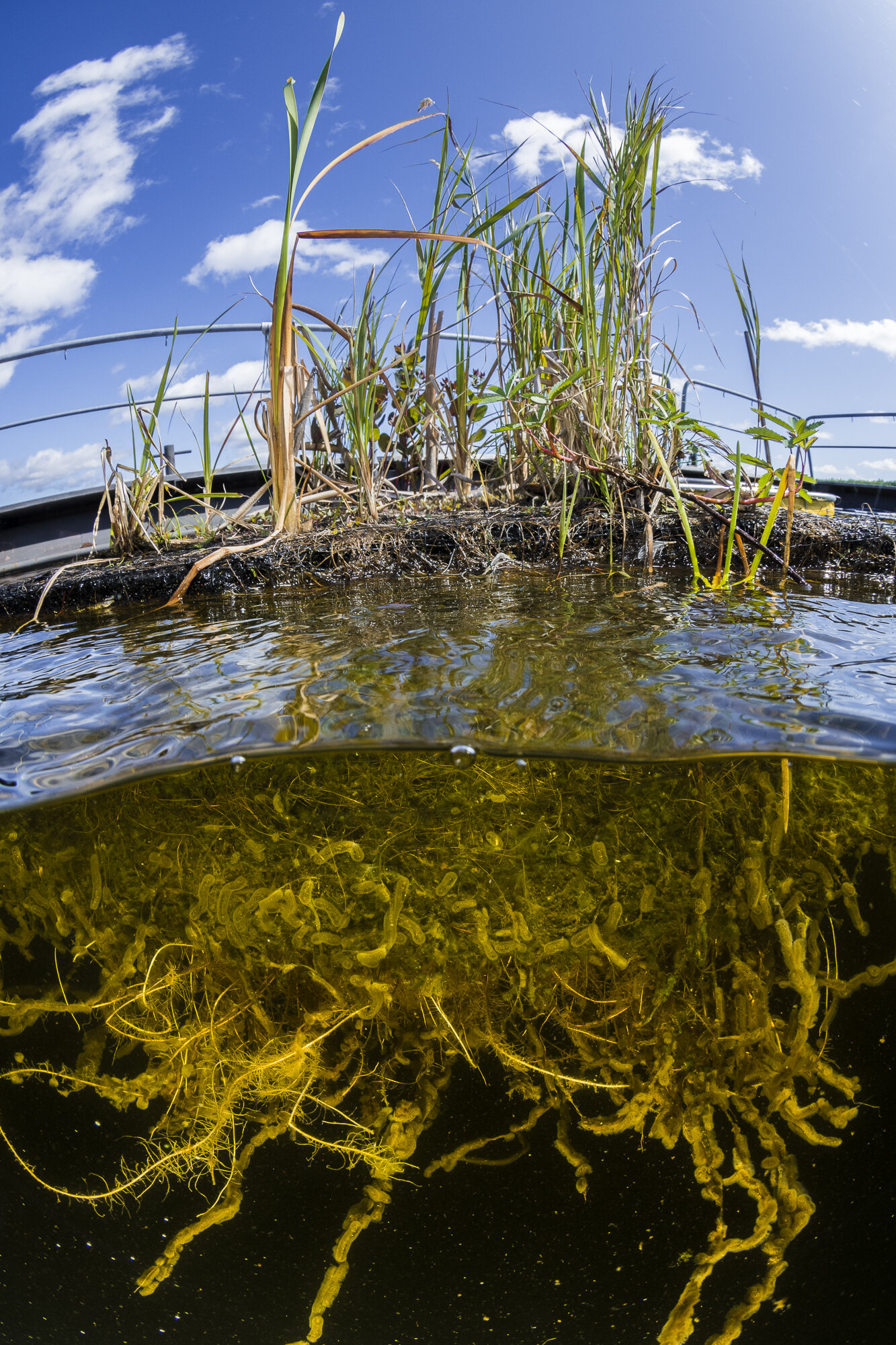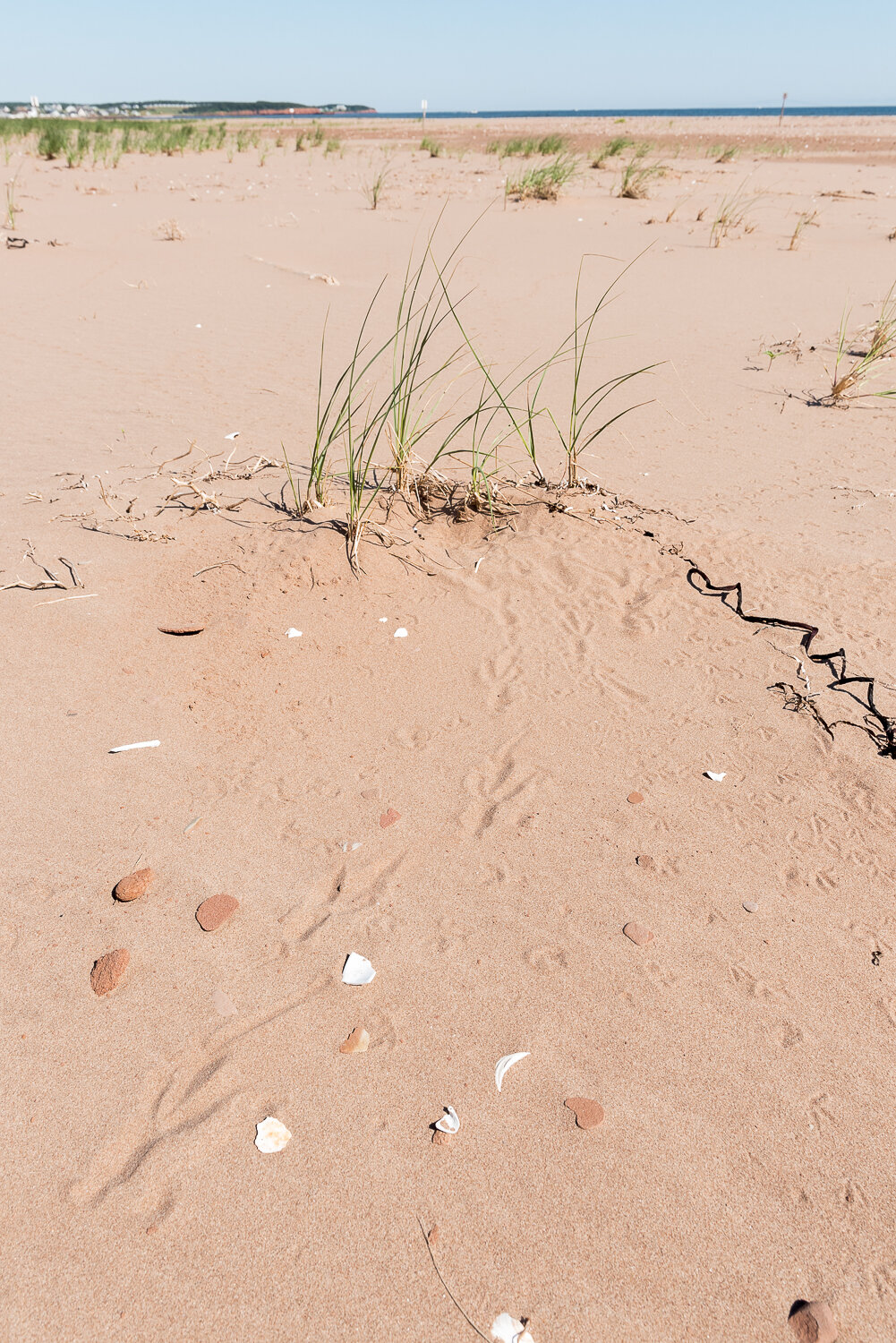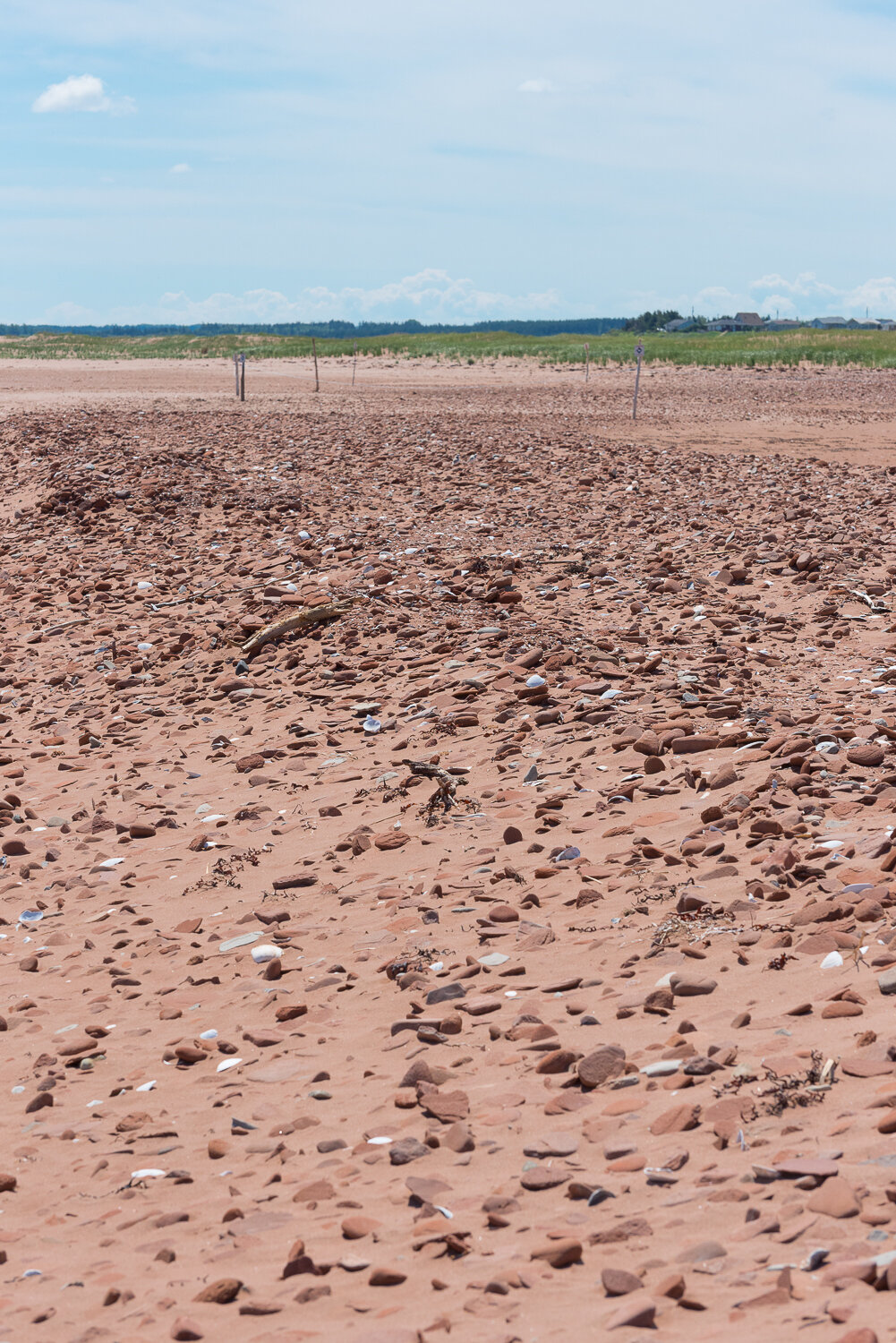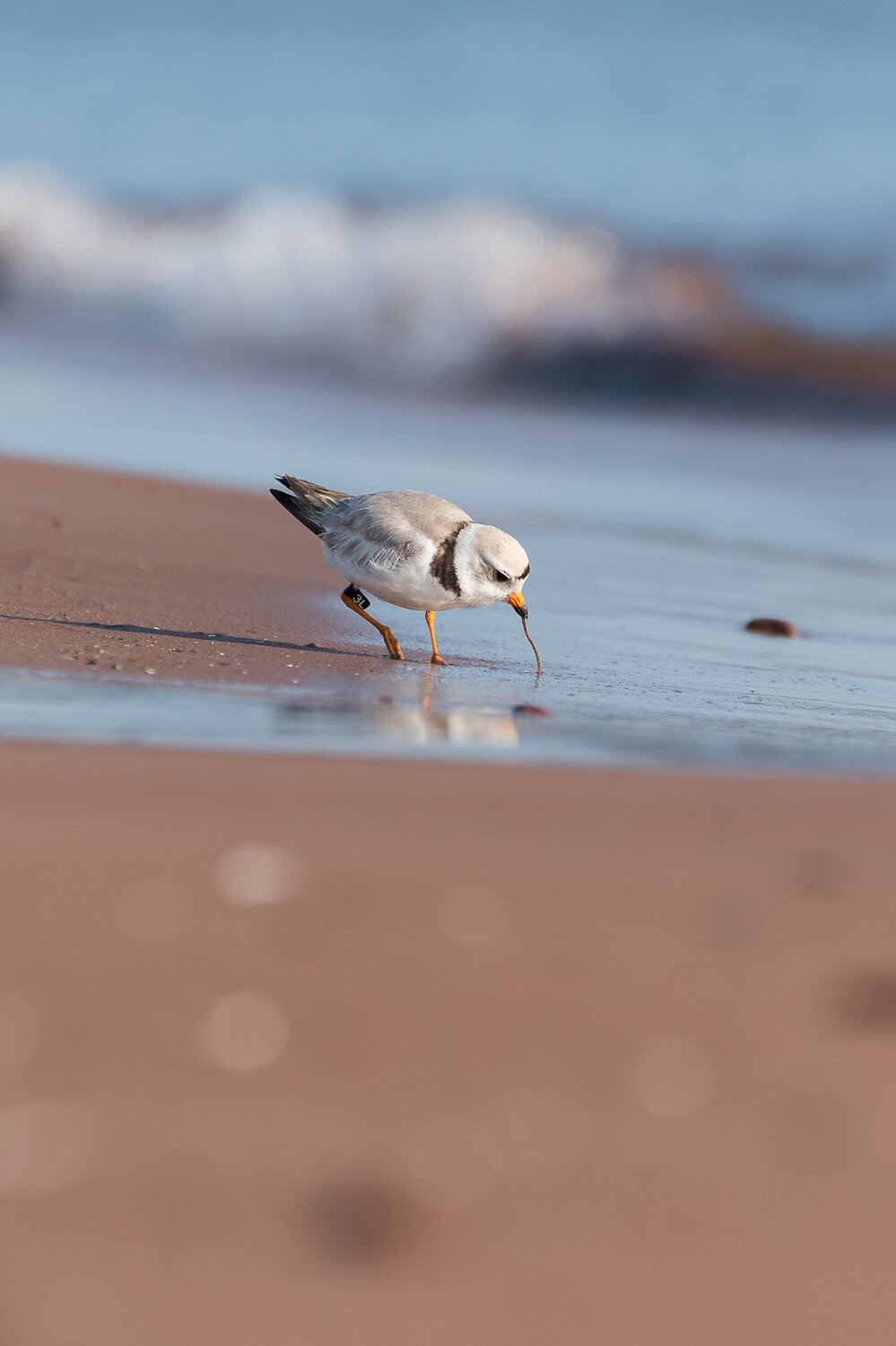Field research is often a dirty, hot, cold, messy, grueling, tiring, tedious, dangerous, stressful endeavour… but more often than not, it is incredibly fun and rewarding. Below are photographs of conservationists and scientists hard at work studying our natural world. As a scientist and educator myself, I absolutely love photographing researchers. If you’re interested in having me photo-document your research, I would be happy to collaborate. Please reach out if you’re interested!
Silver Eel Research in South-Eastern Nova Scotia
The silver eel stage is the final adult life-stage of the American eel, which spends most of its life in the “yellow phase” before turning silver as their bodies undergo extensive physiological changes in anticipation of their long-distsance spawning migration. Here, researchers check fyke nets set in a small Nova Scotia river for these eels.
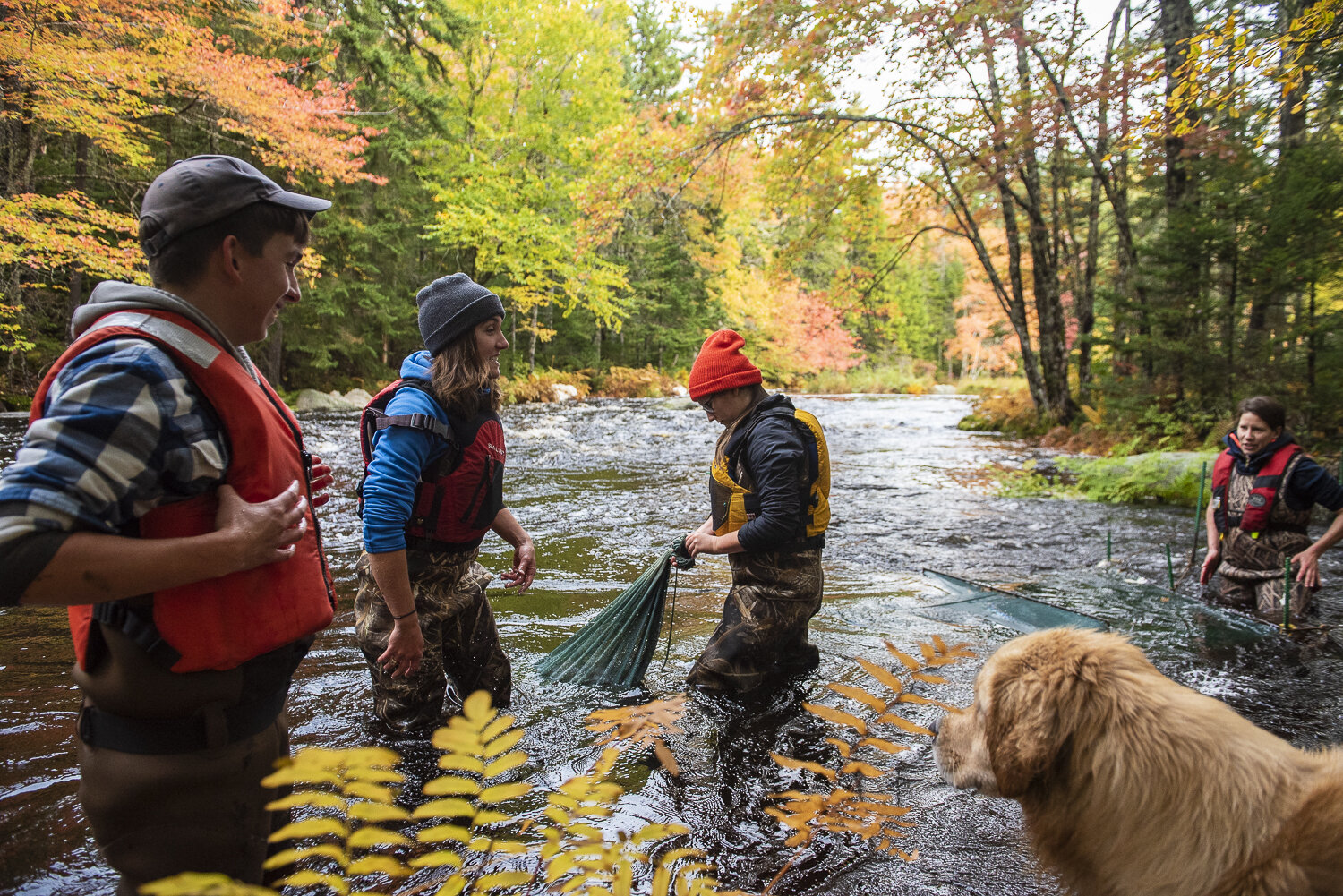
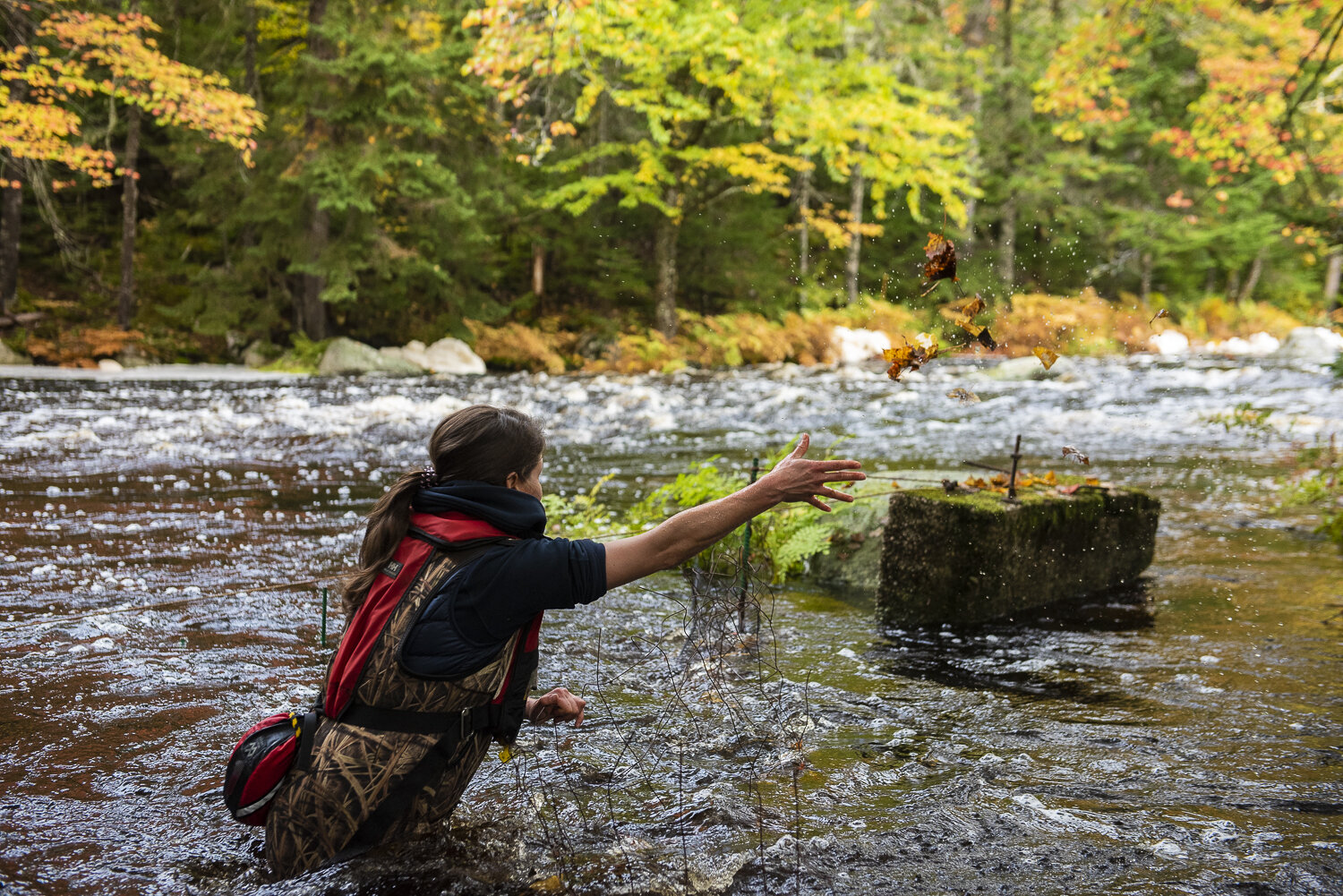
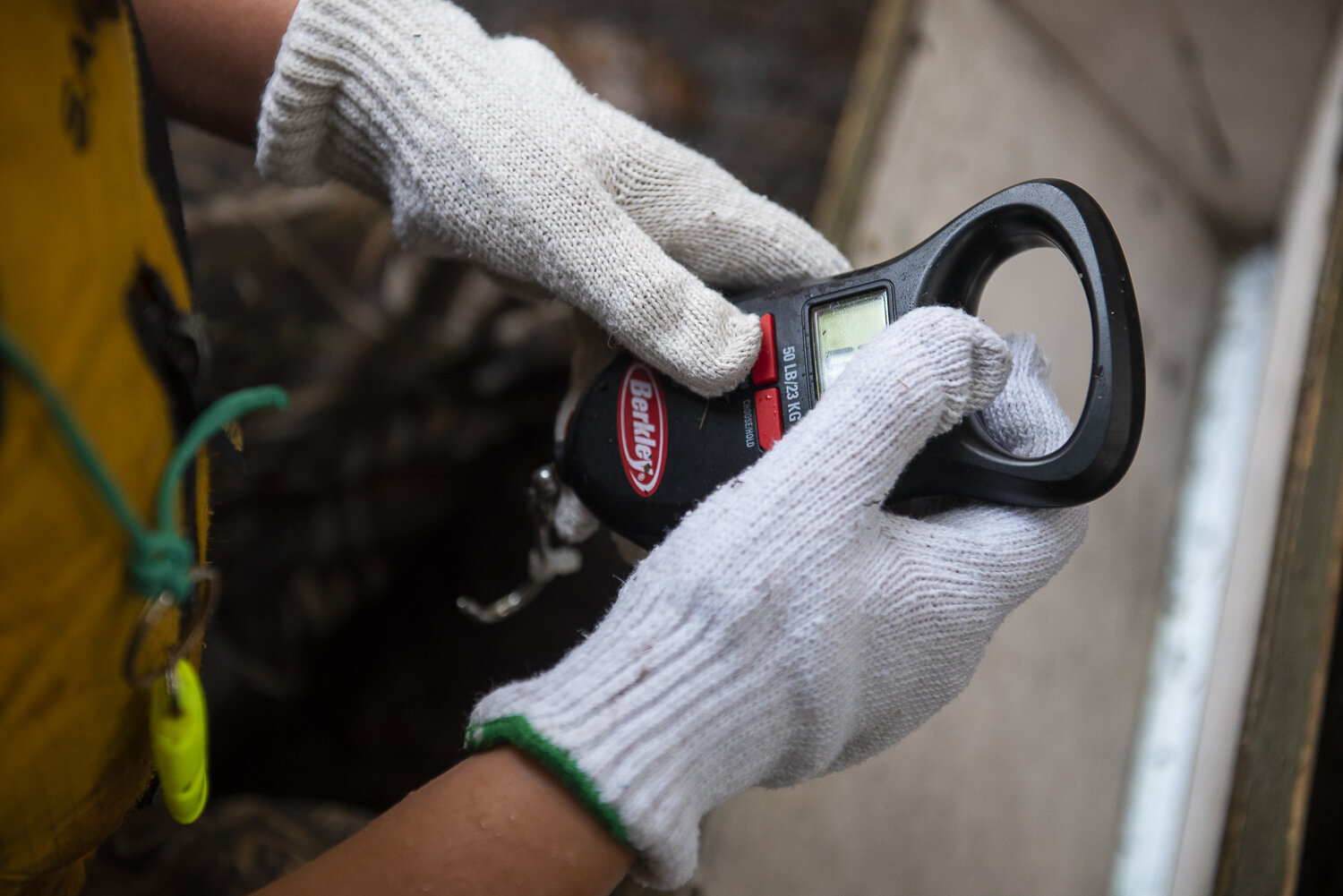
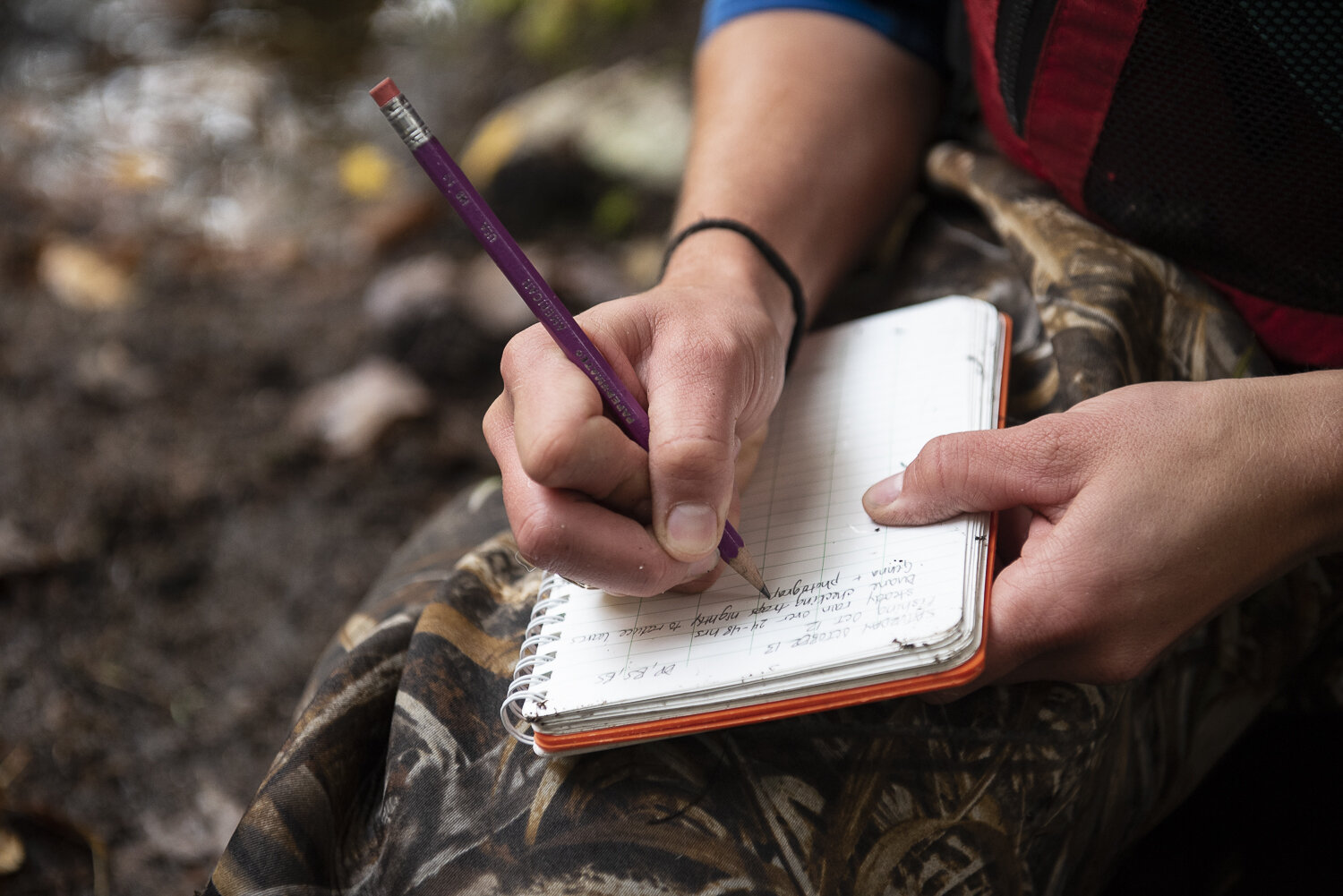
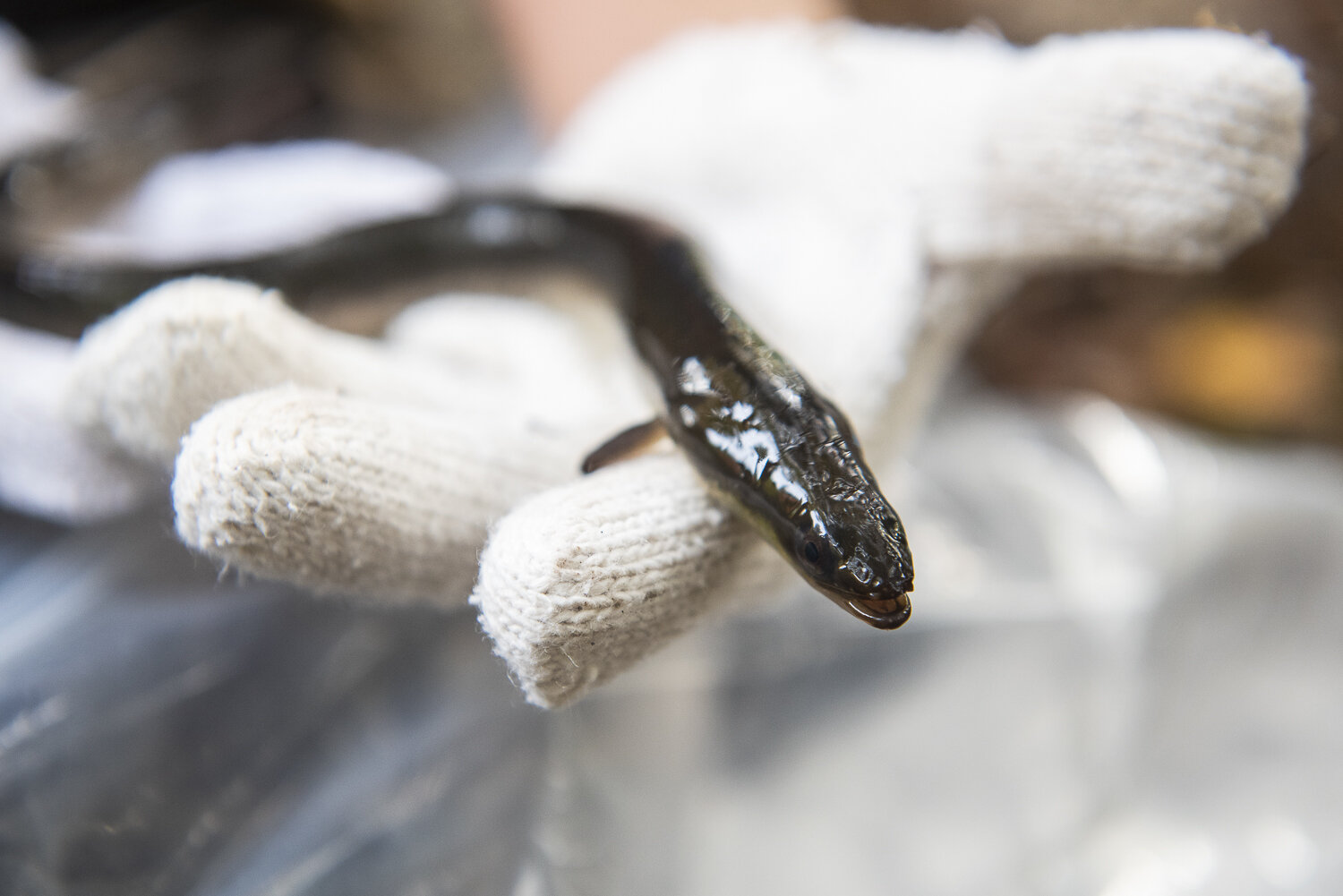
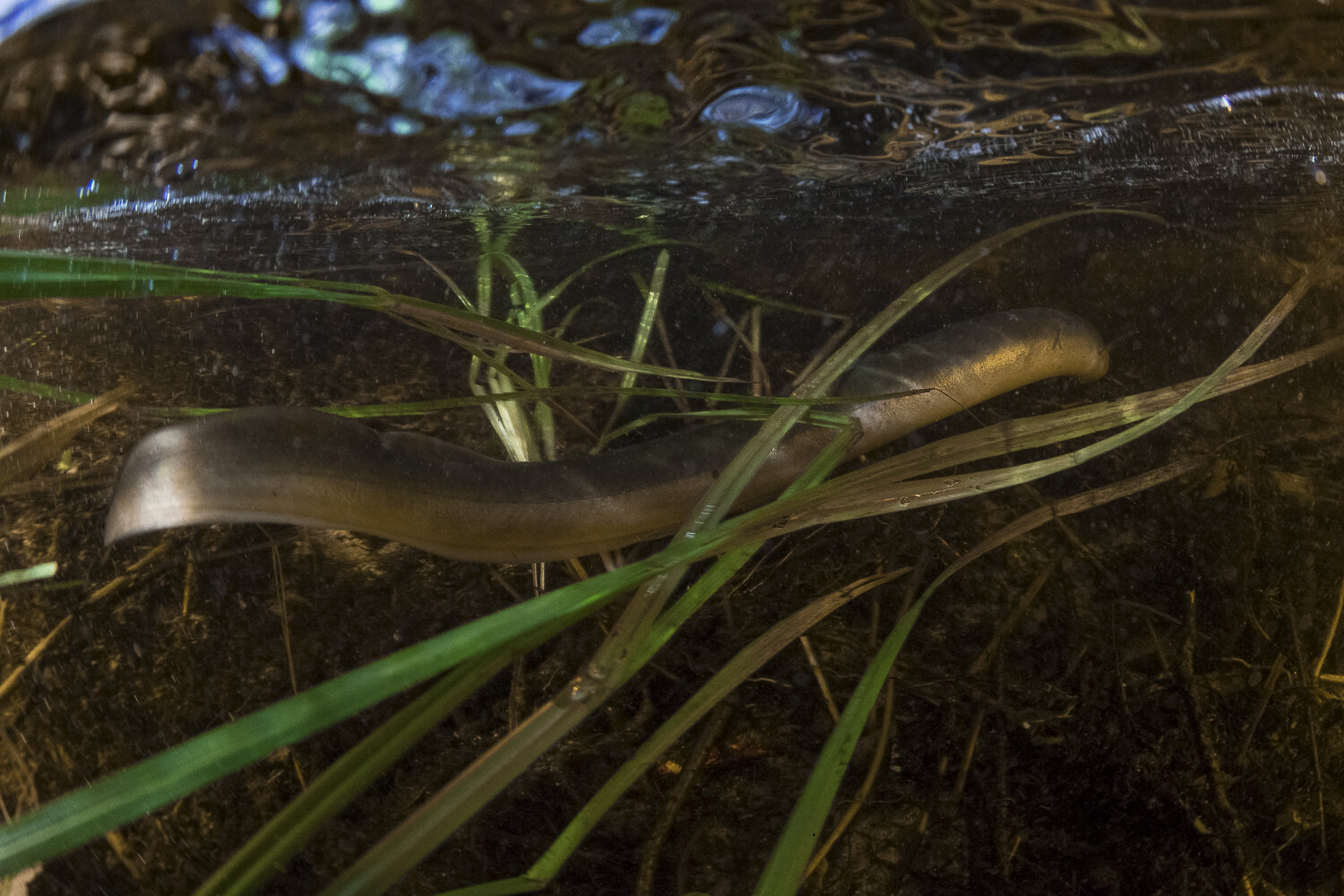
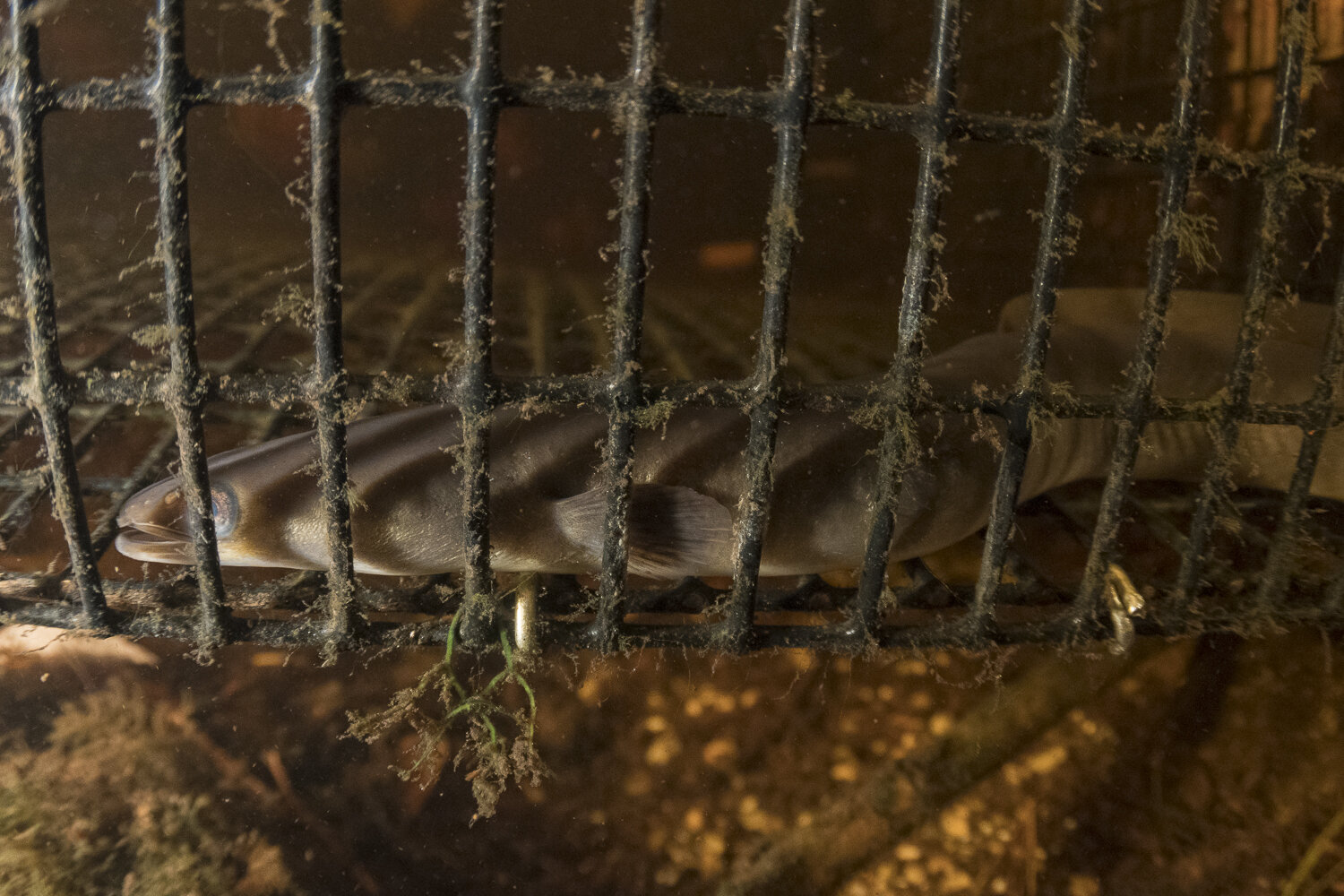
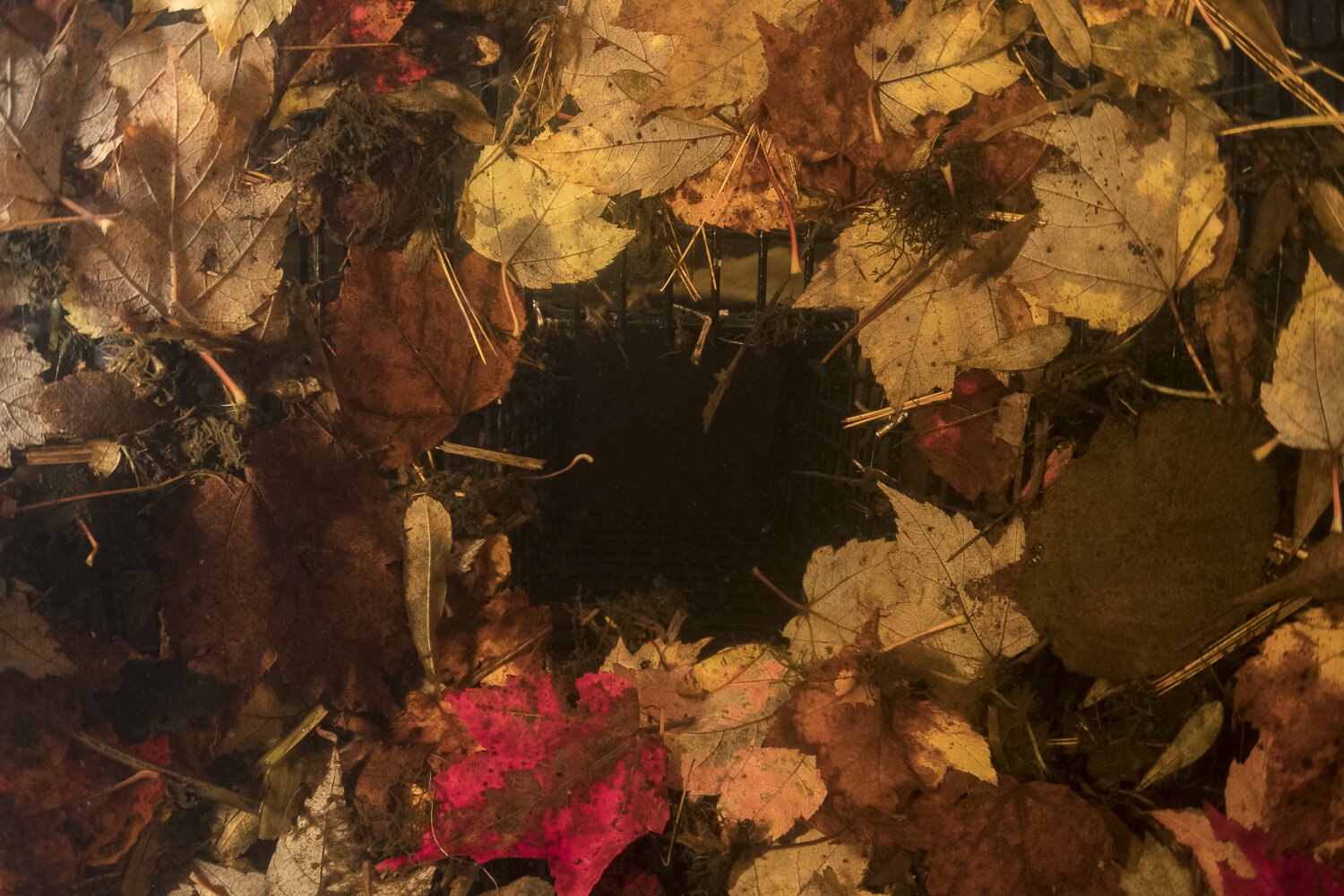
Alewife Migration in Amherst, Nova Scotia
Graduate students with Acadia University (with some assistance from grad students at the University of Prince Edward Island) sample and tag alewife in a tributary of the Bay of Fundy below a tidal gate.
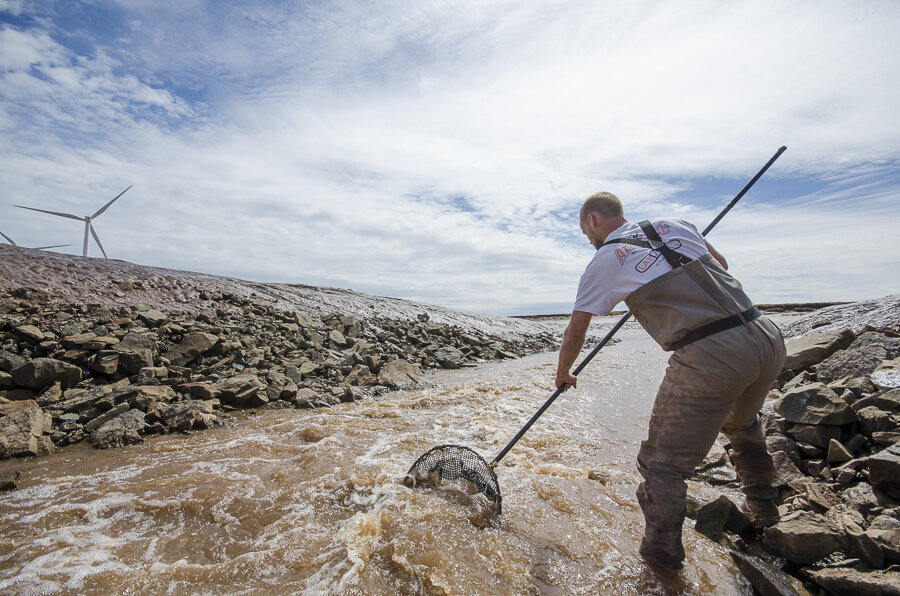
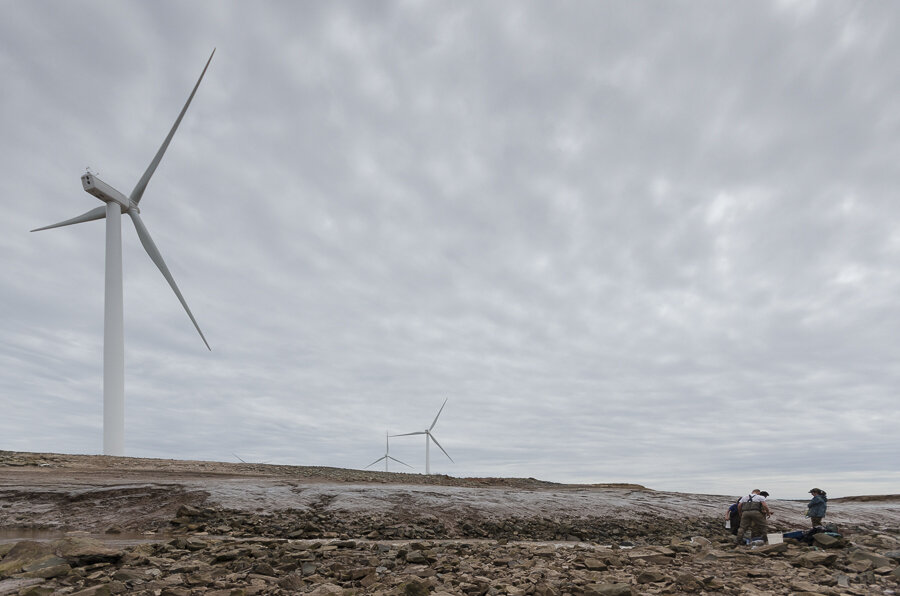
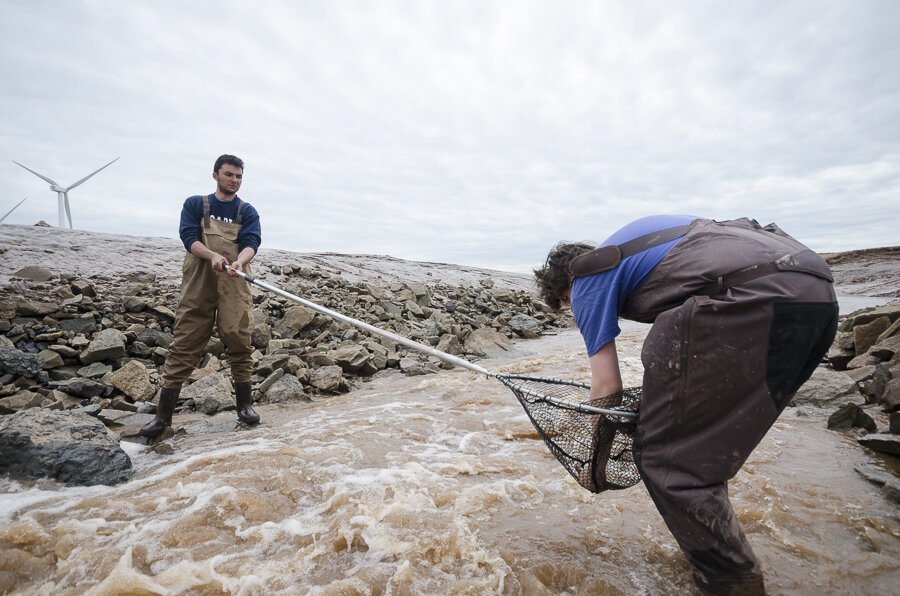
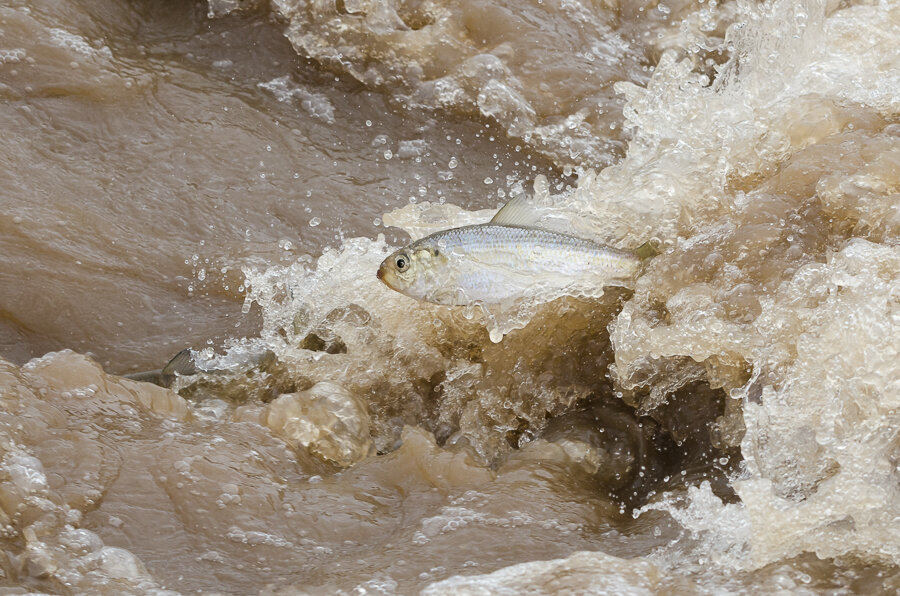
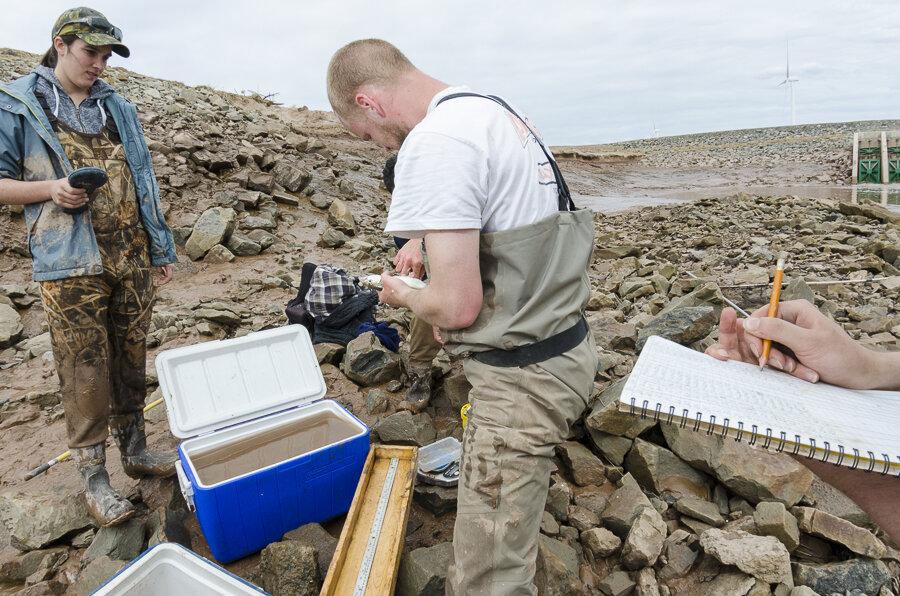
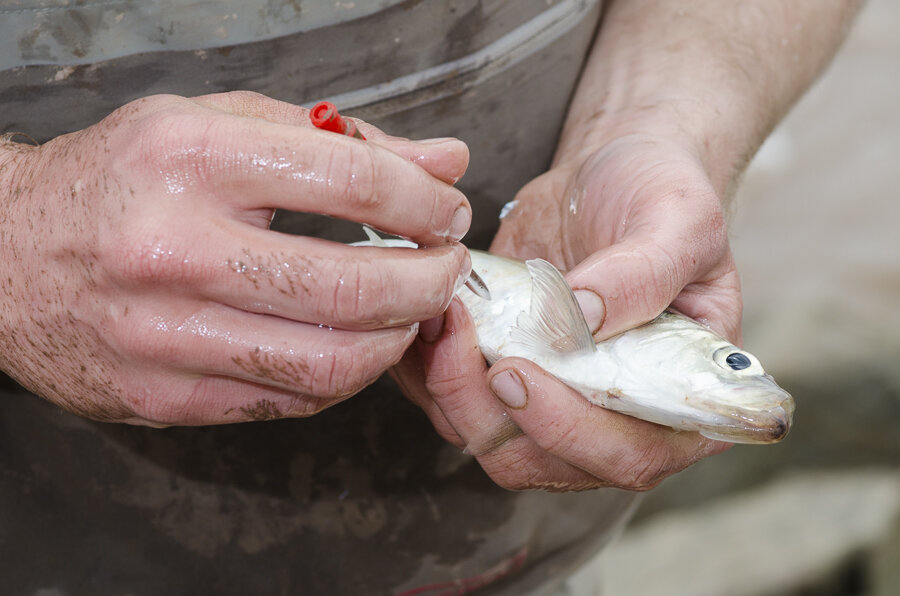




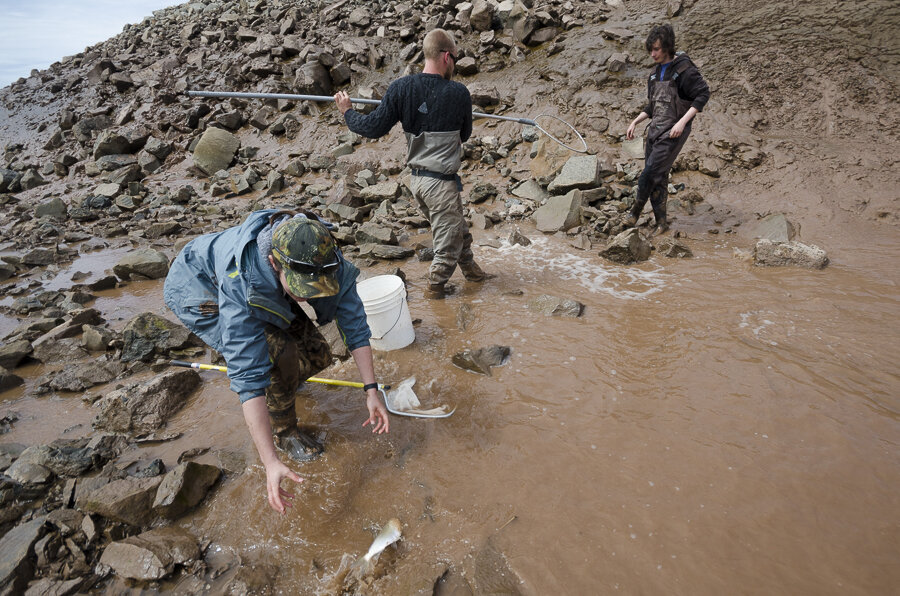
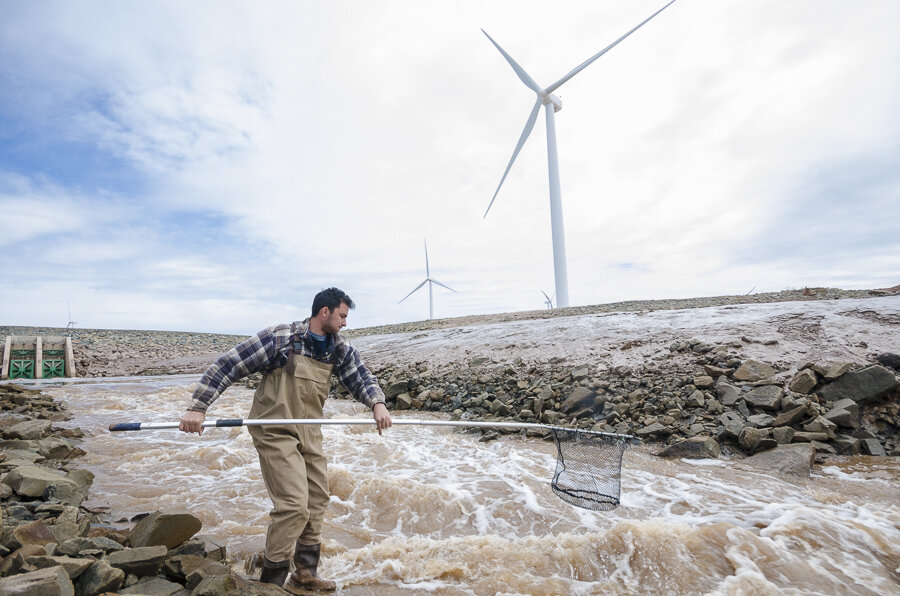
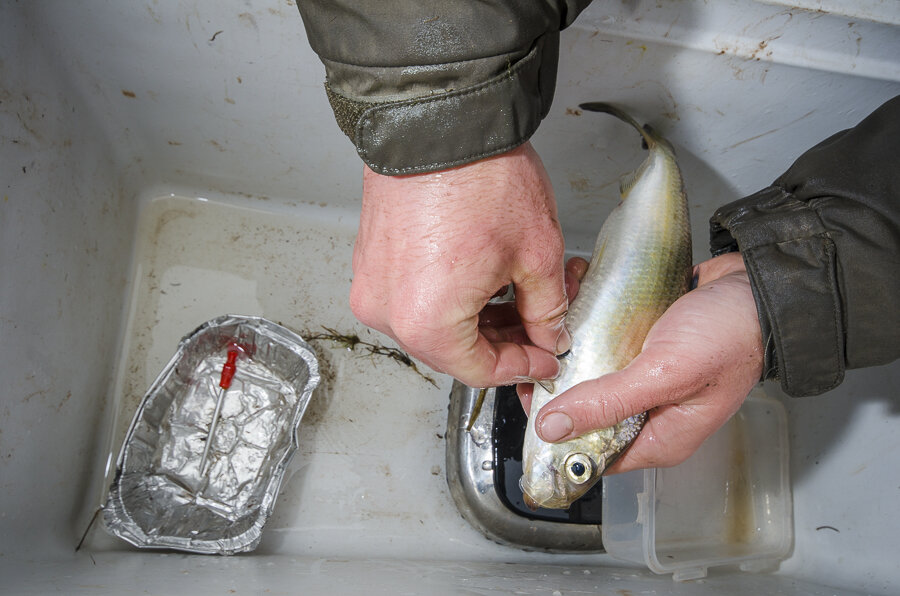

Fitbits on Smallmouth Bass
A graduate student, Pete Holder, at Carleton University places a small accelerometer (same device used in a Fitbit) on a smallmouth bass as part of a study assessing the post-release behaviour of angled bass.


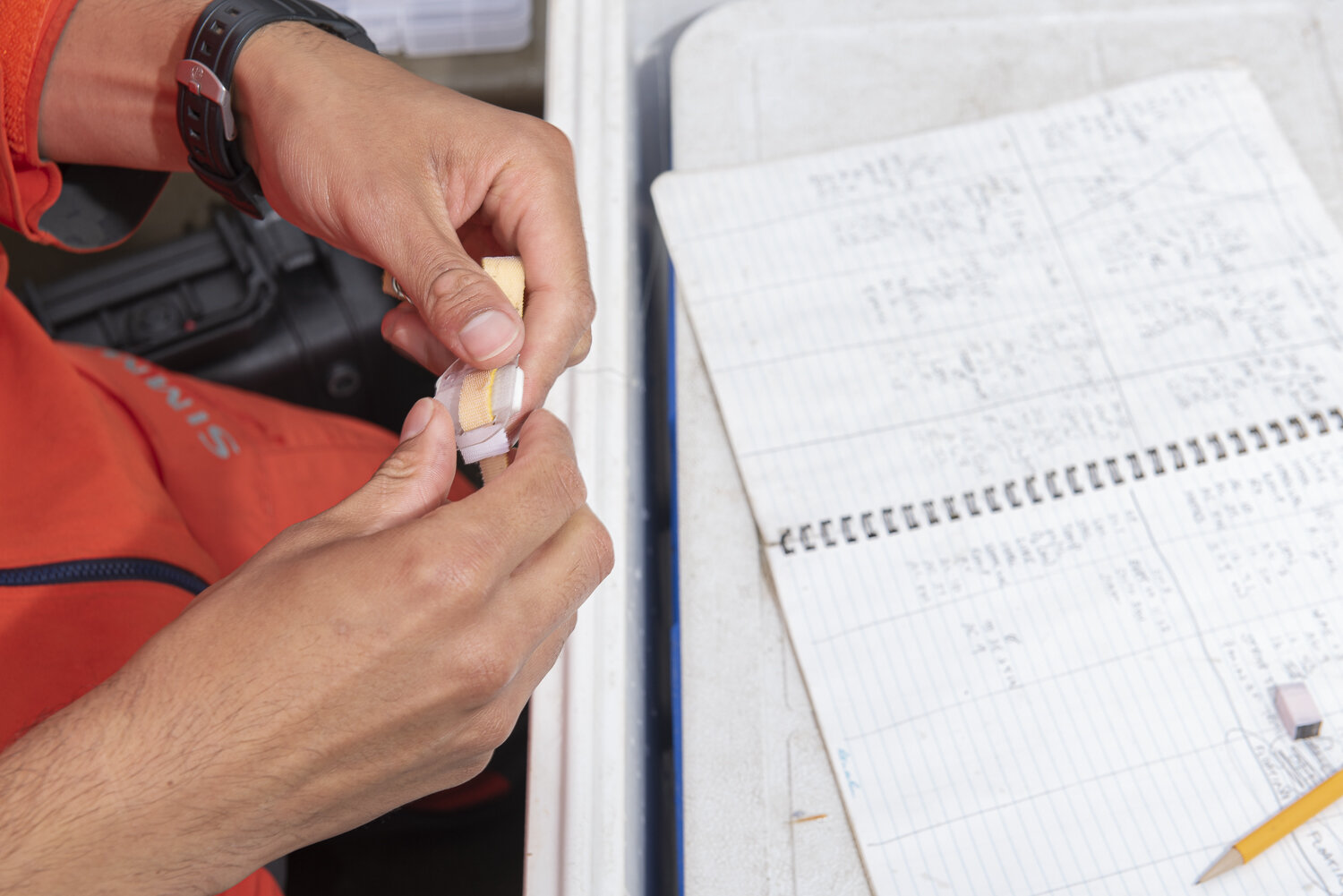
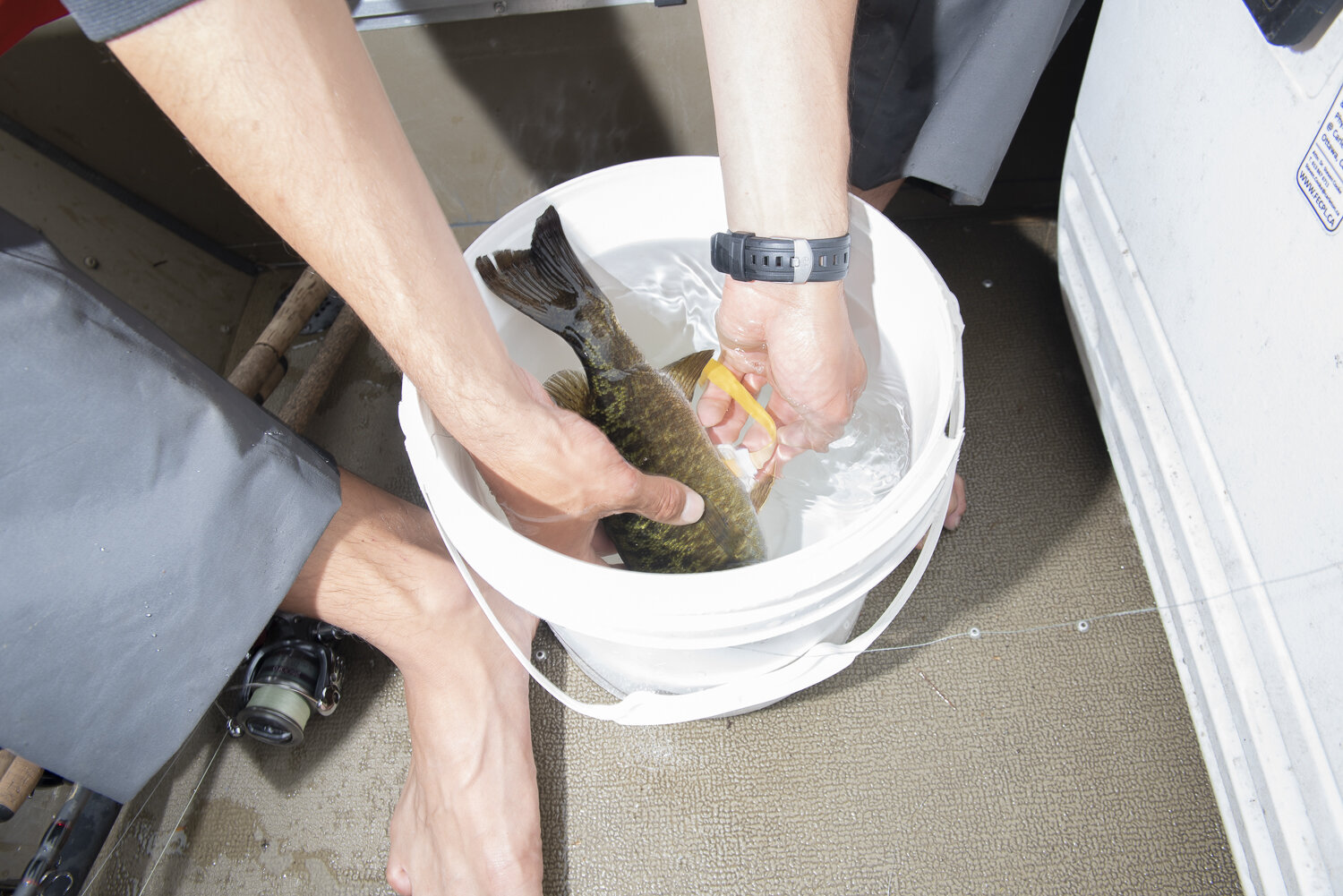
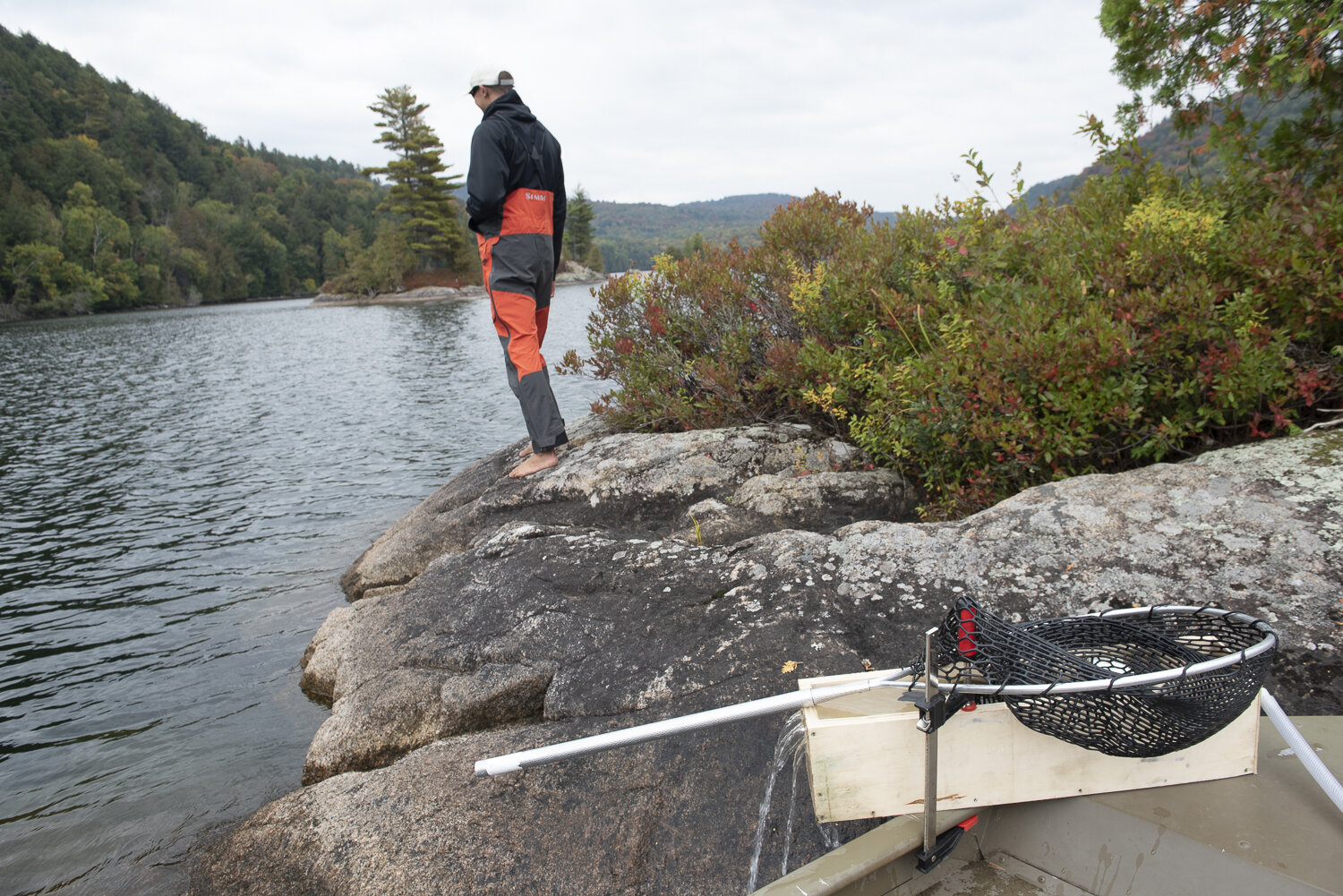

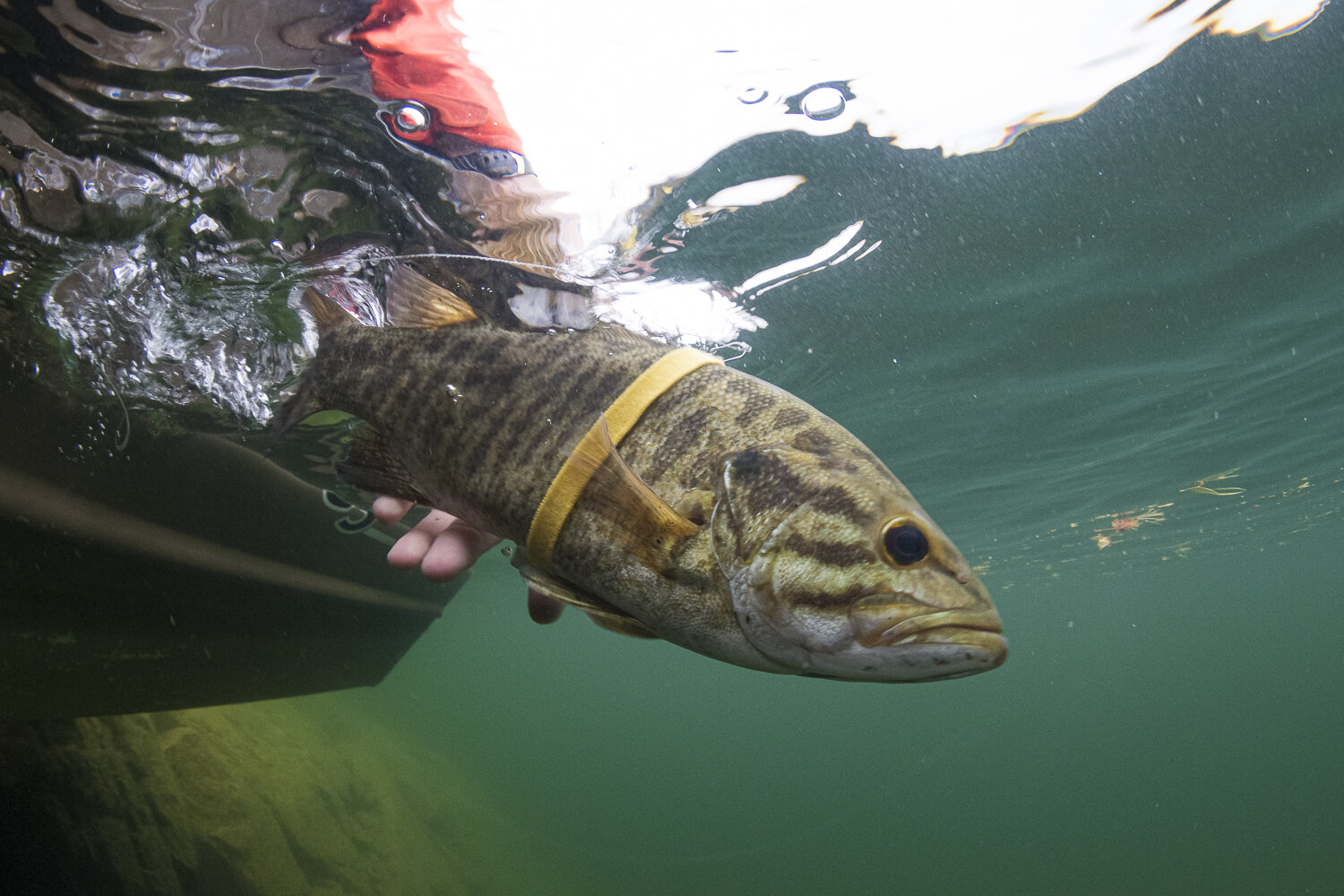
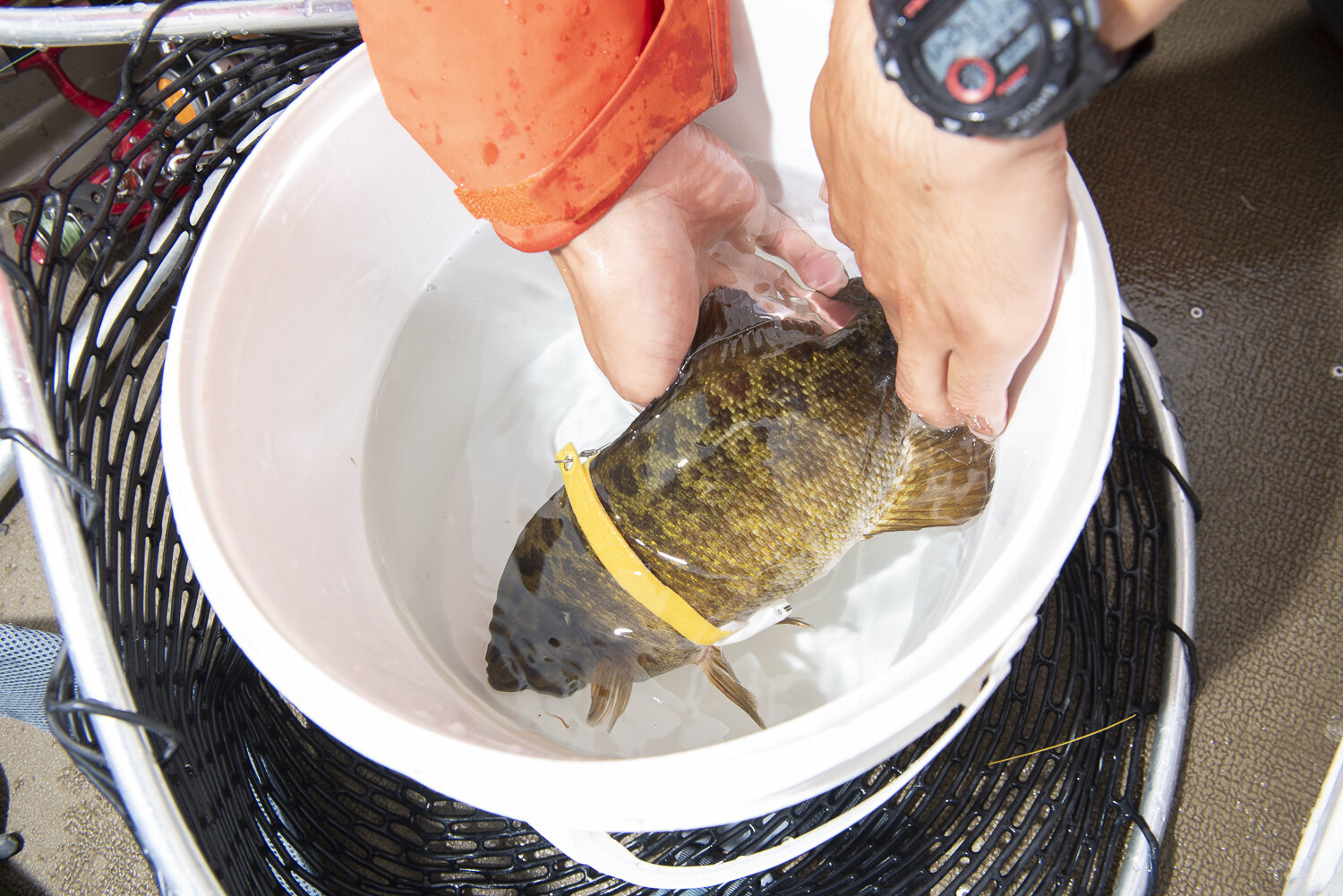
Experimental Lakes Artist-in-Residency
Undergraduate students, graduate students, field technicians, and established scientists all working hard to produce important research in the Experimental Lakes Area (ELA) operated by the International Institute of Sustainable Development. The ELA is arguably the most important research area for freshwater science. Here, scientists have access to entire lakes to complete long-term, whole-lake experiments. Some of the most influential research on acid rain and phosphorus-induced algal blooms has occurred at the ELA, much of it still on-going decades later.
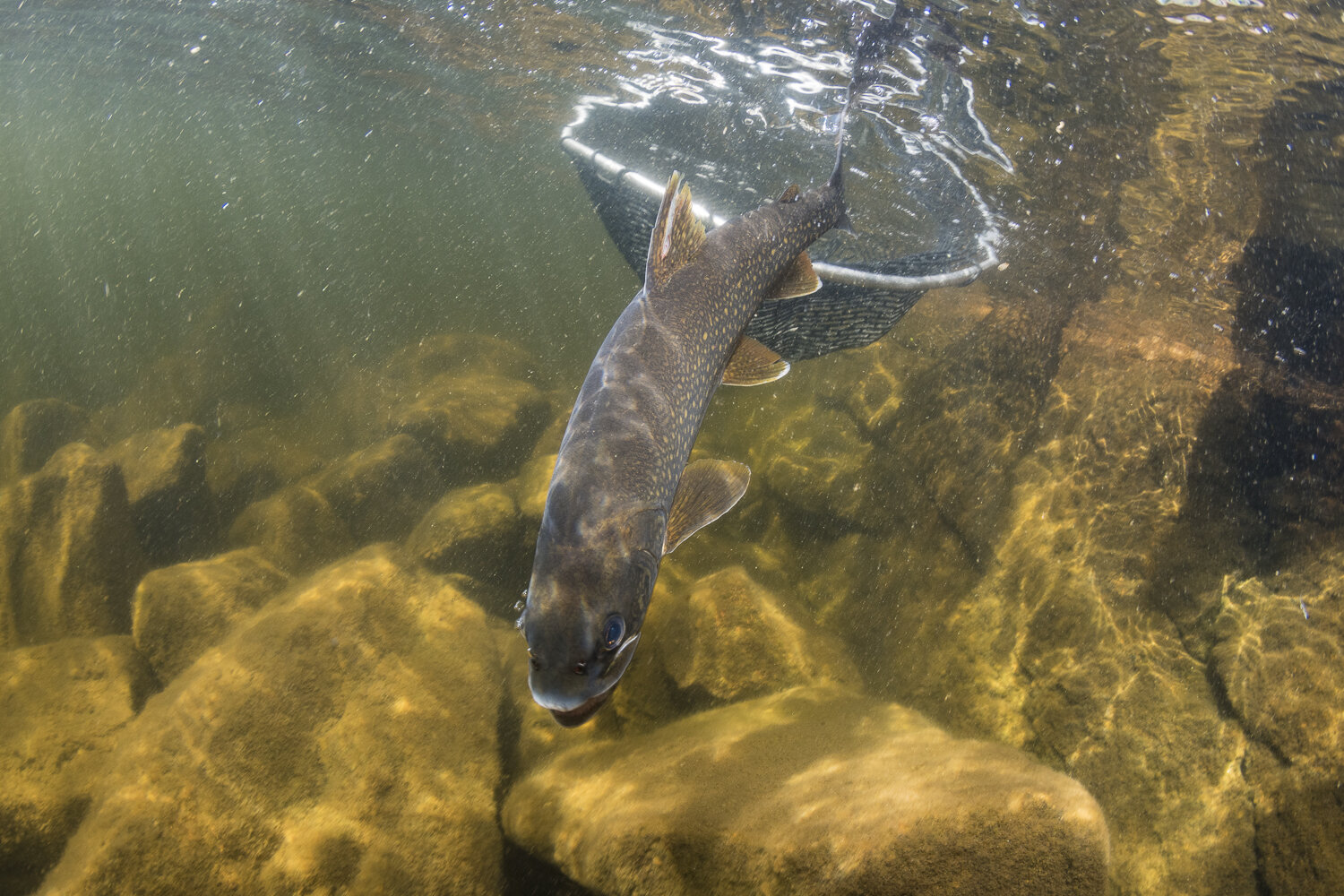
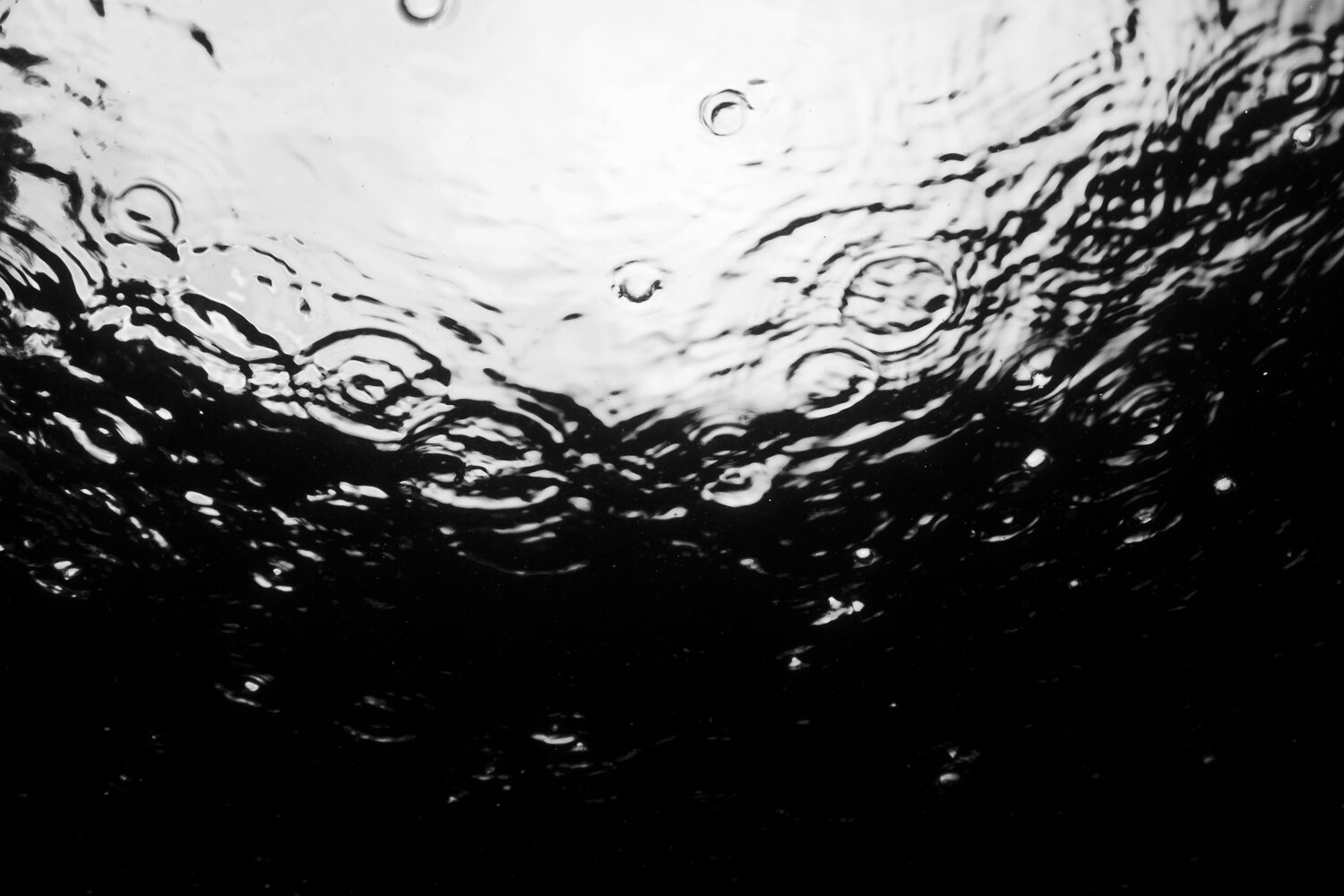
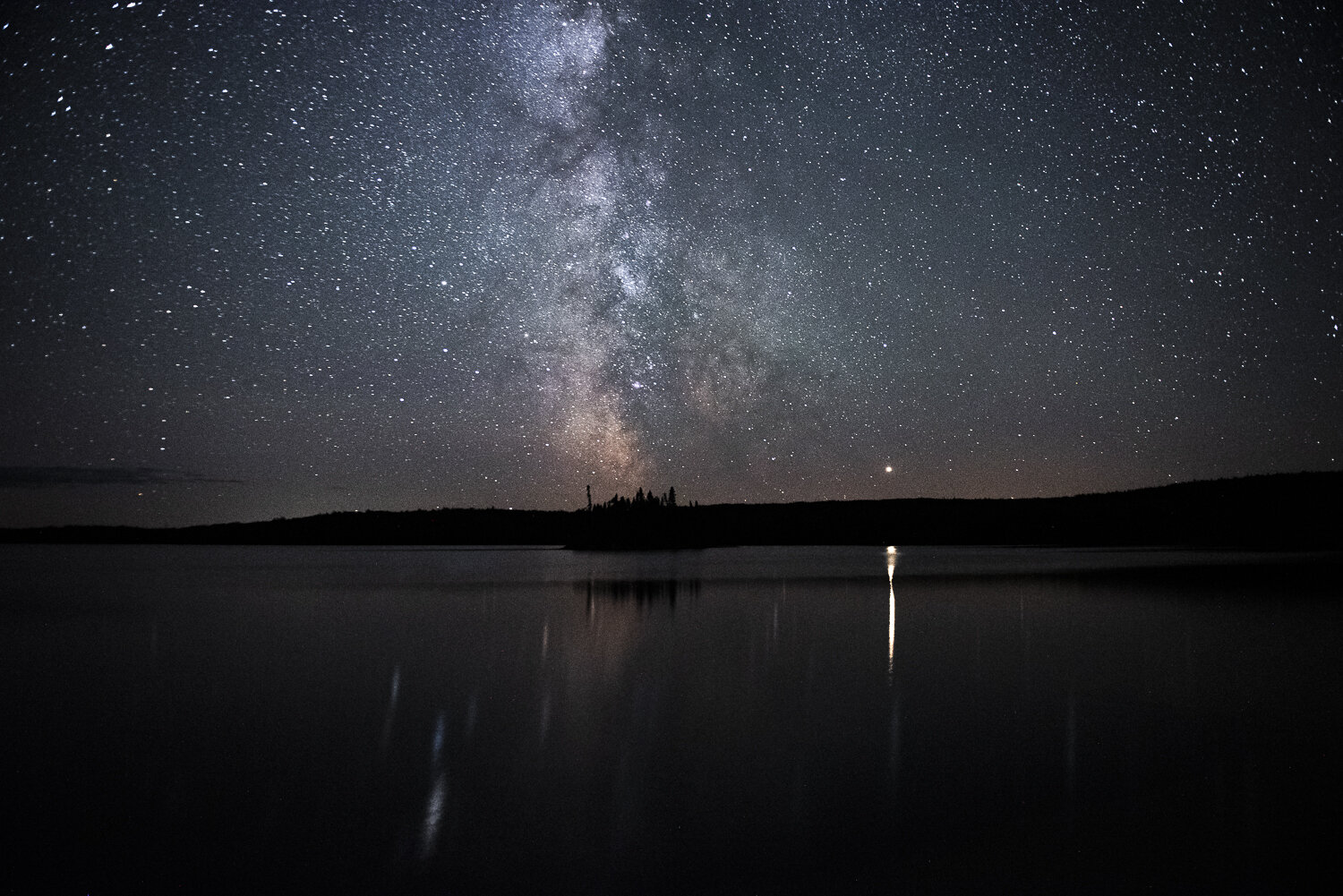
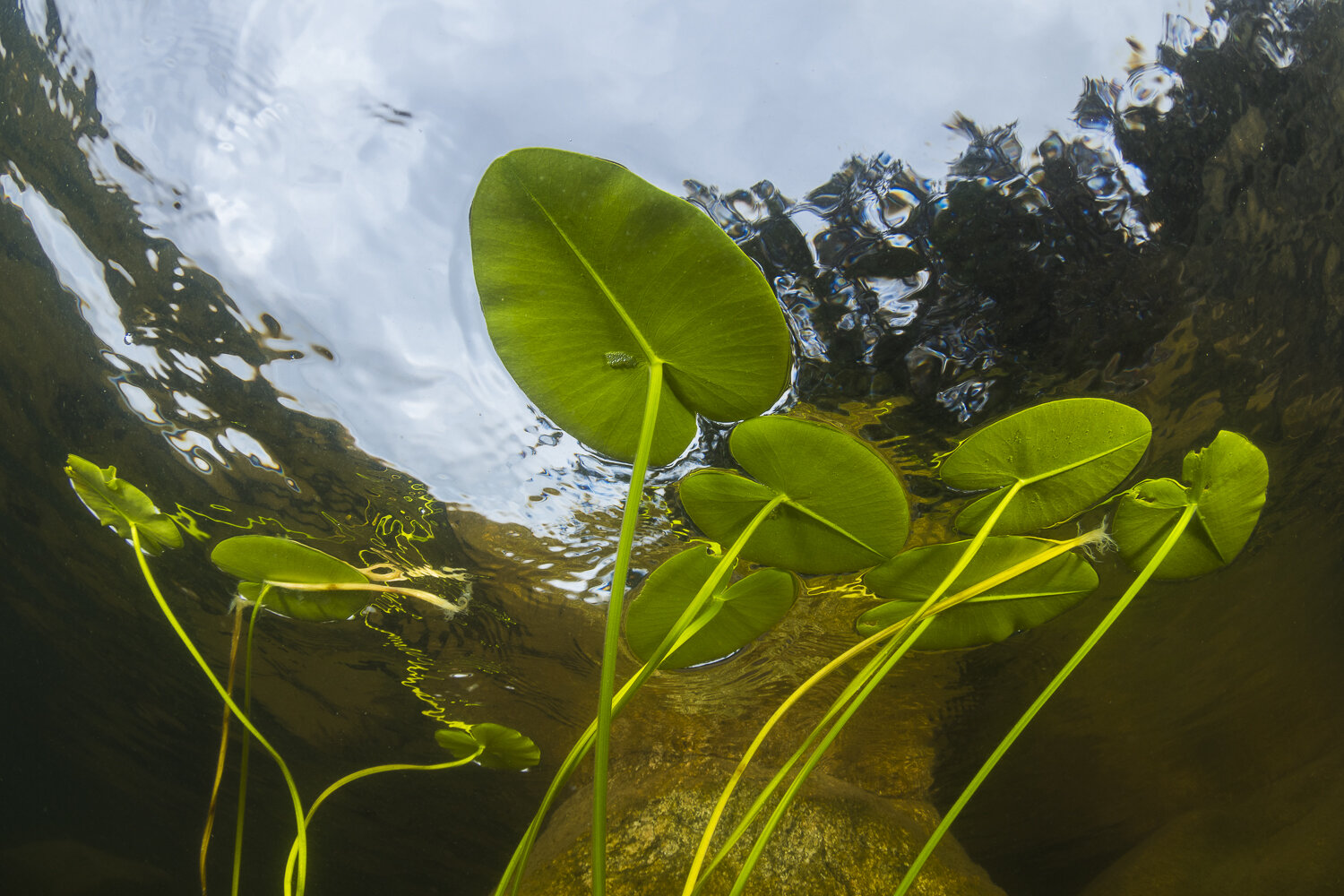
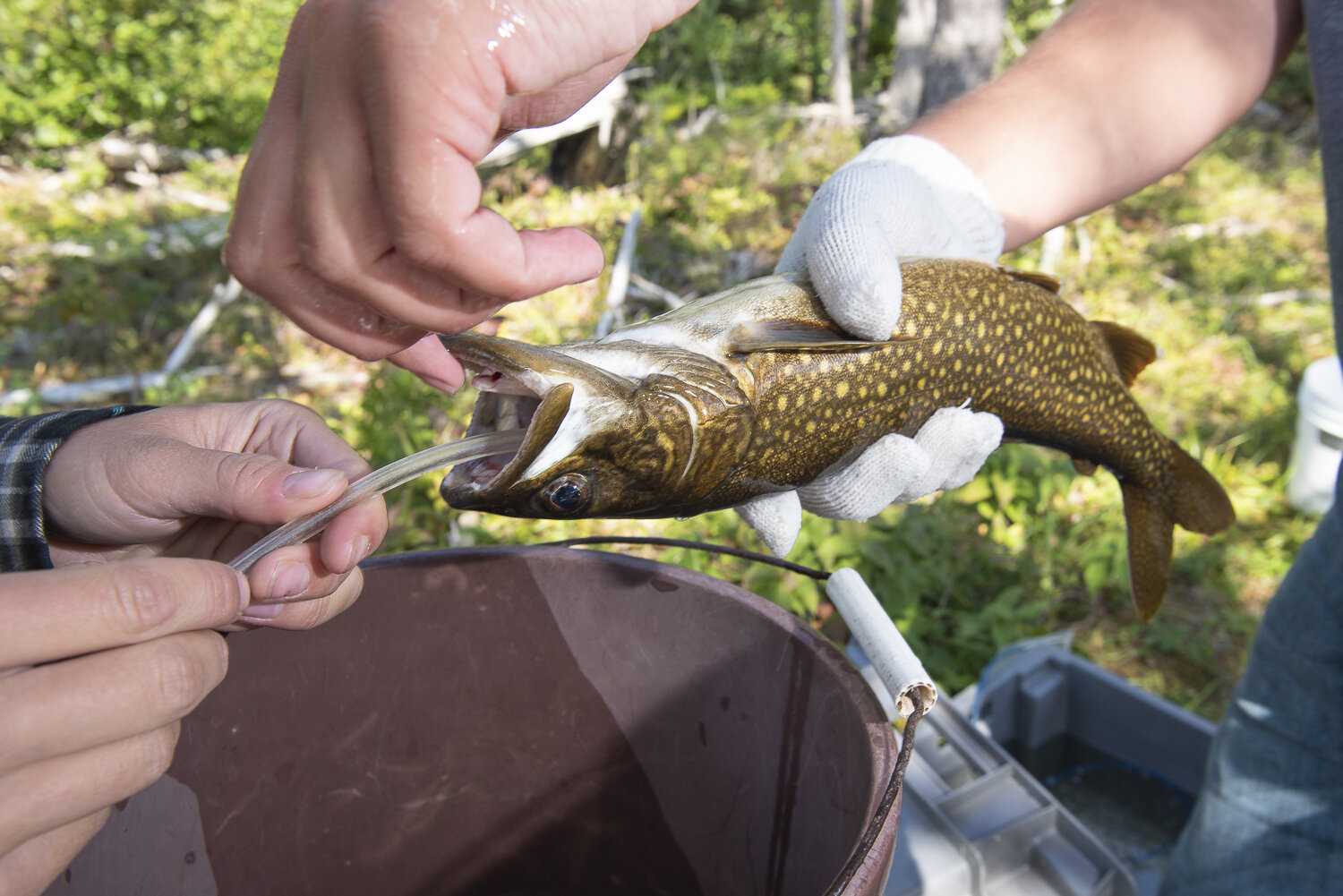
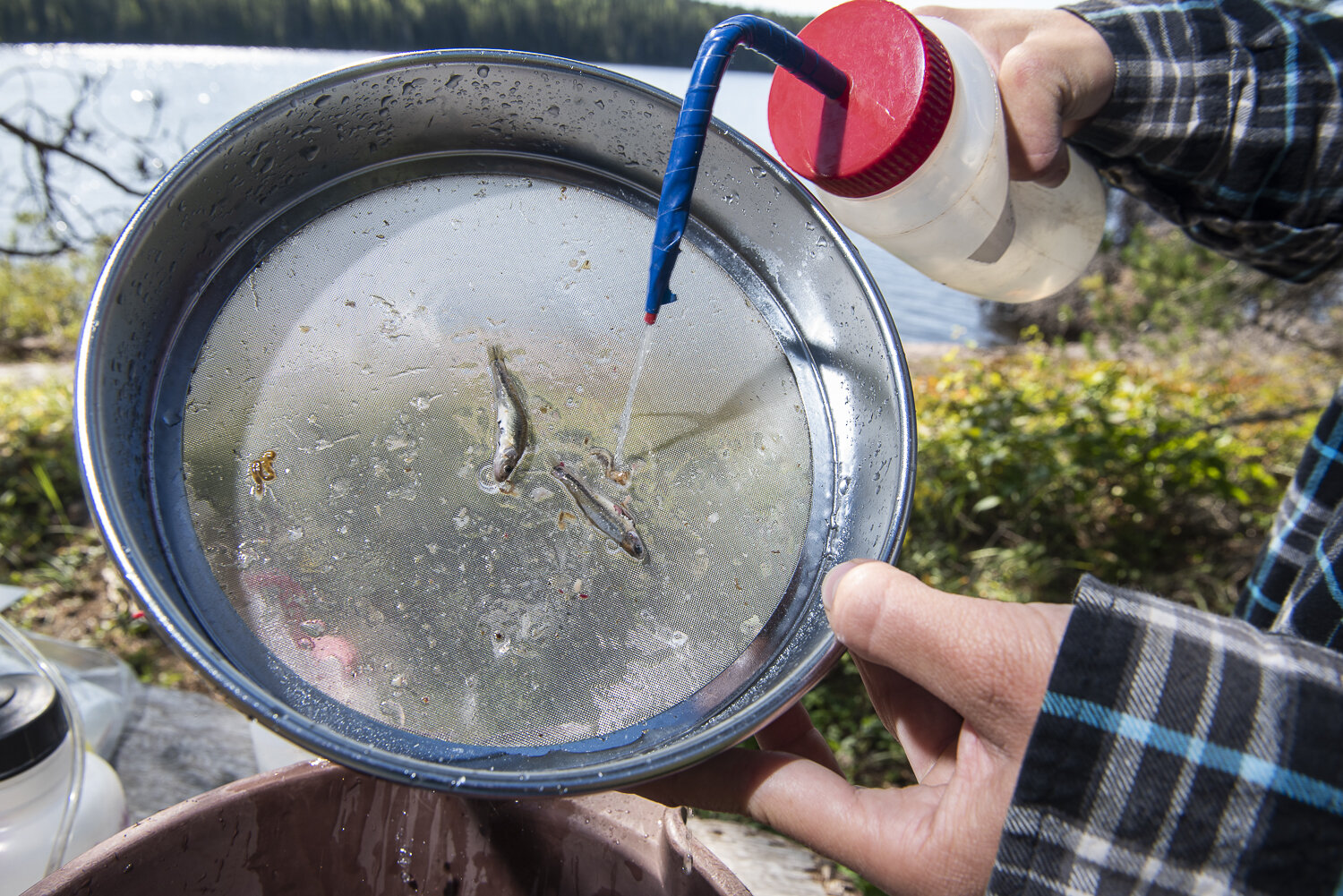
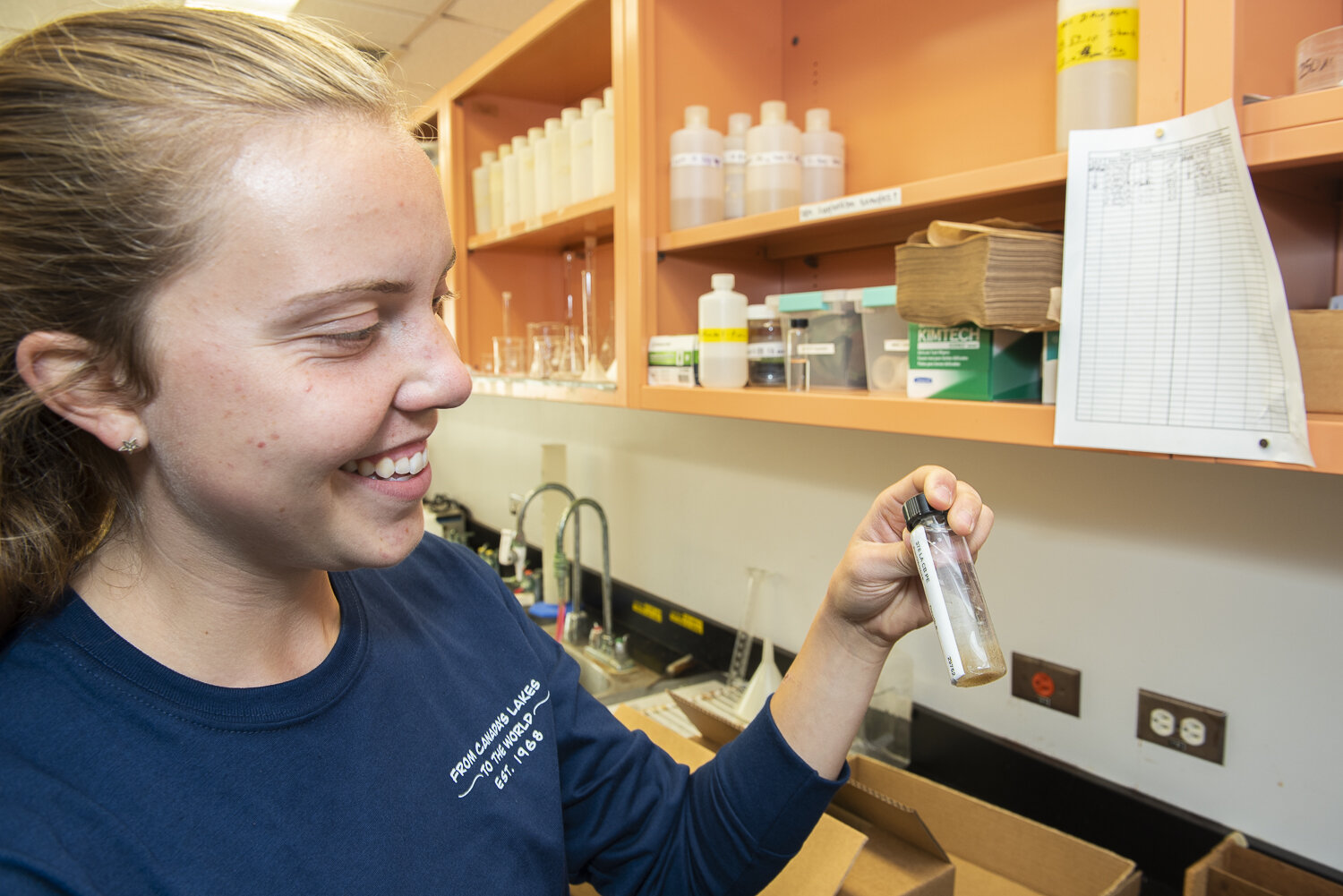
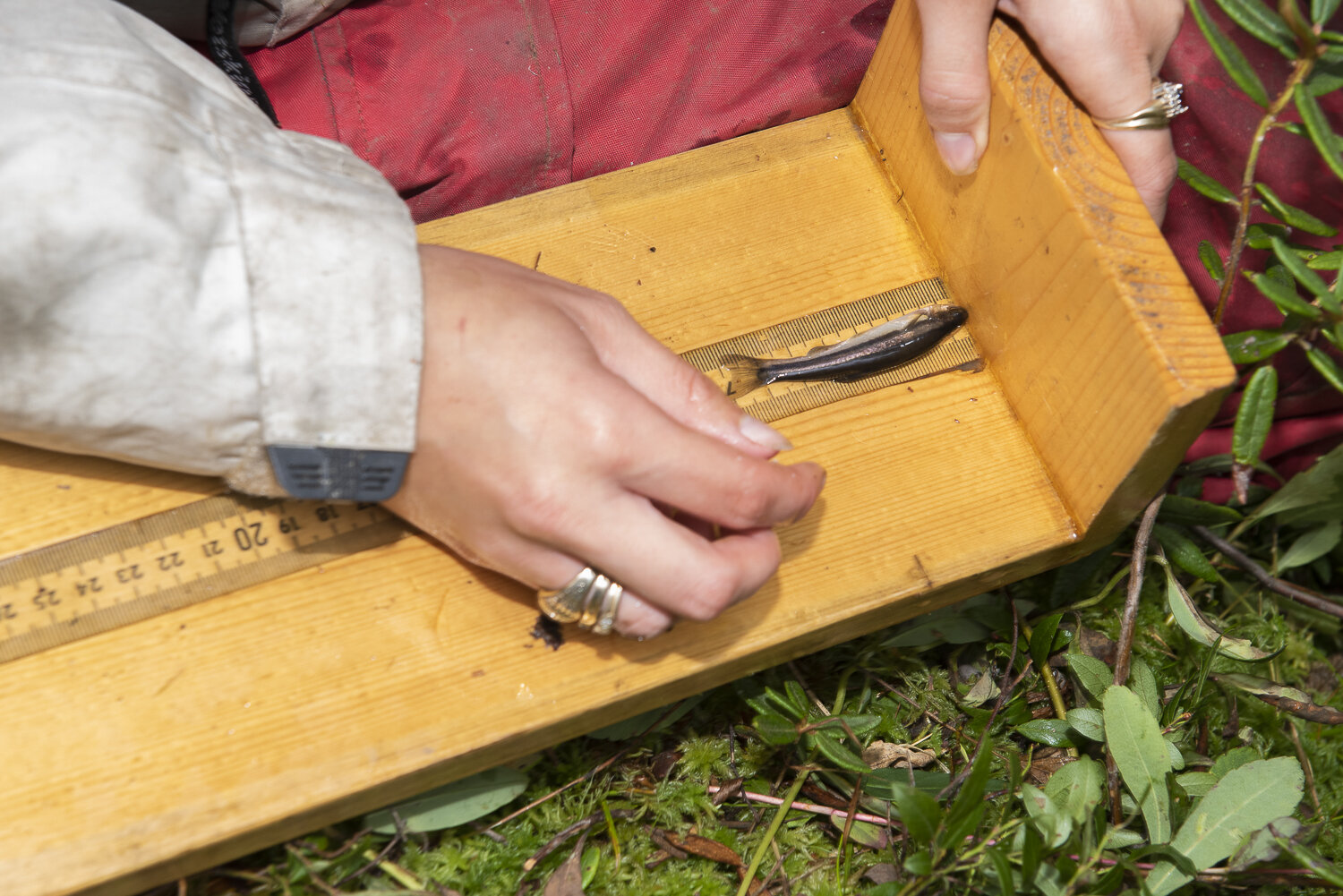
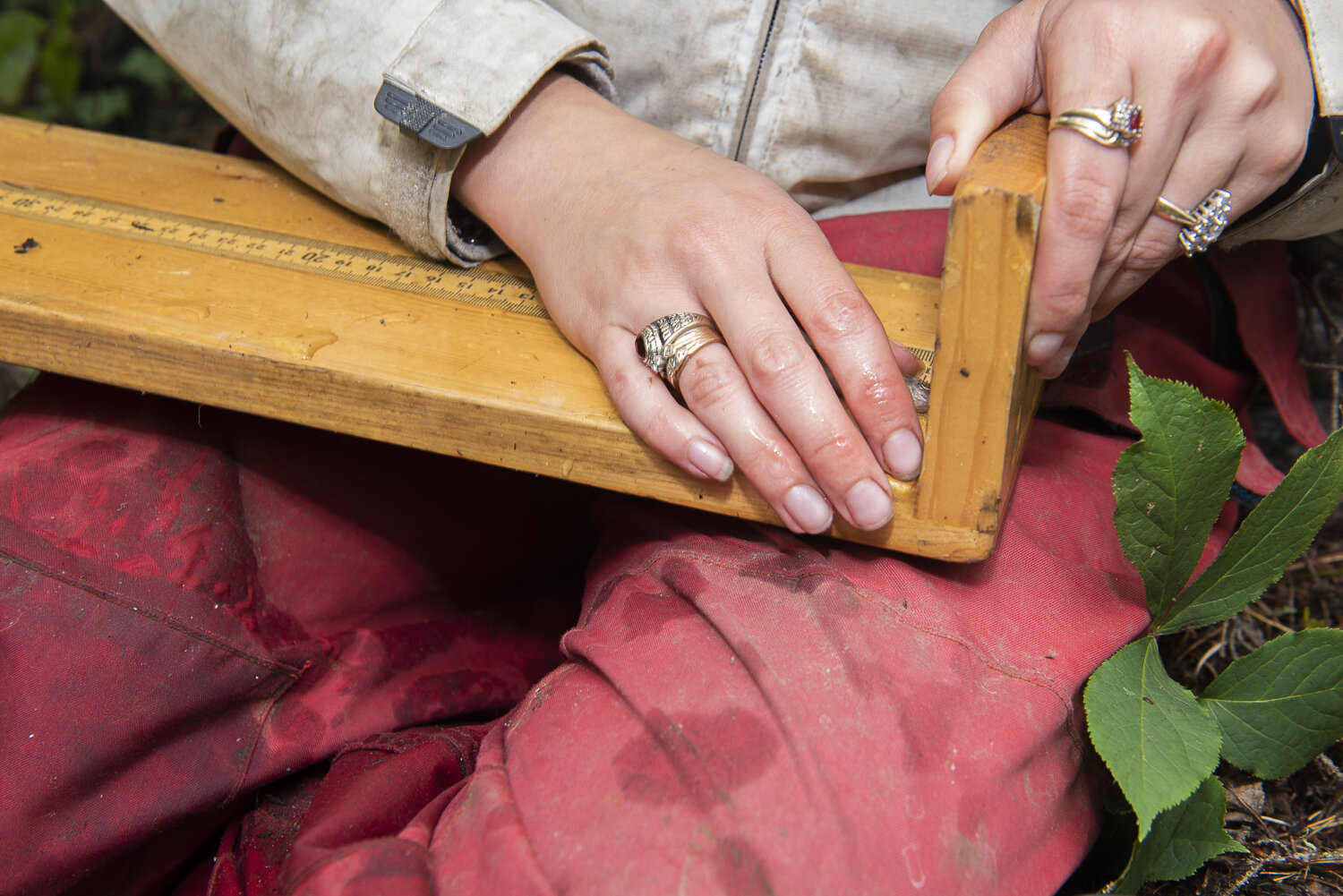
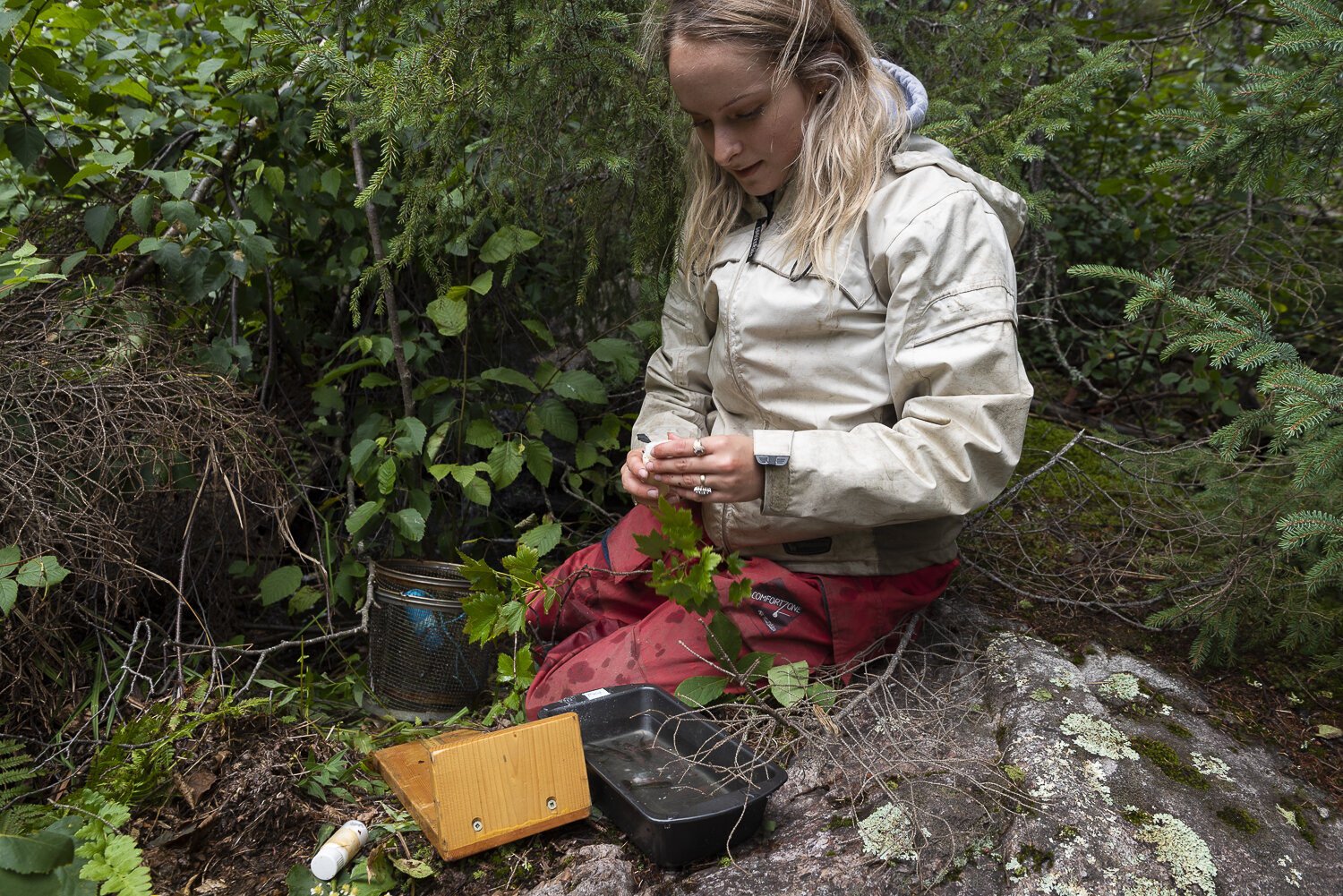
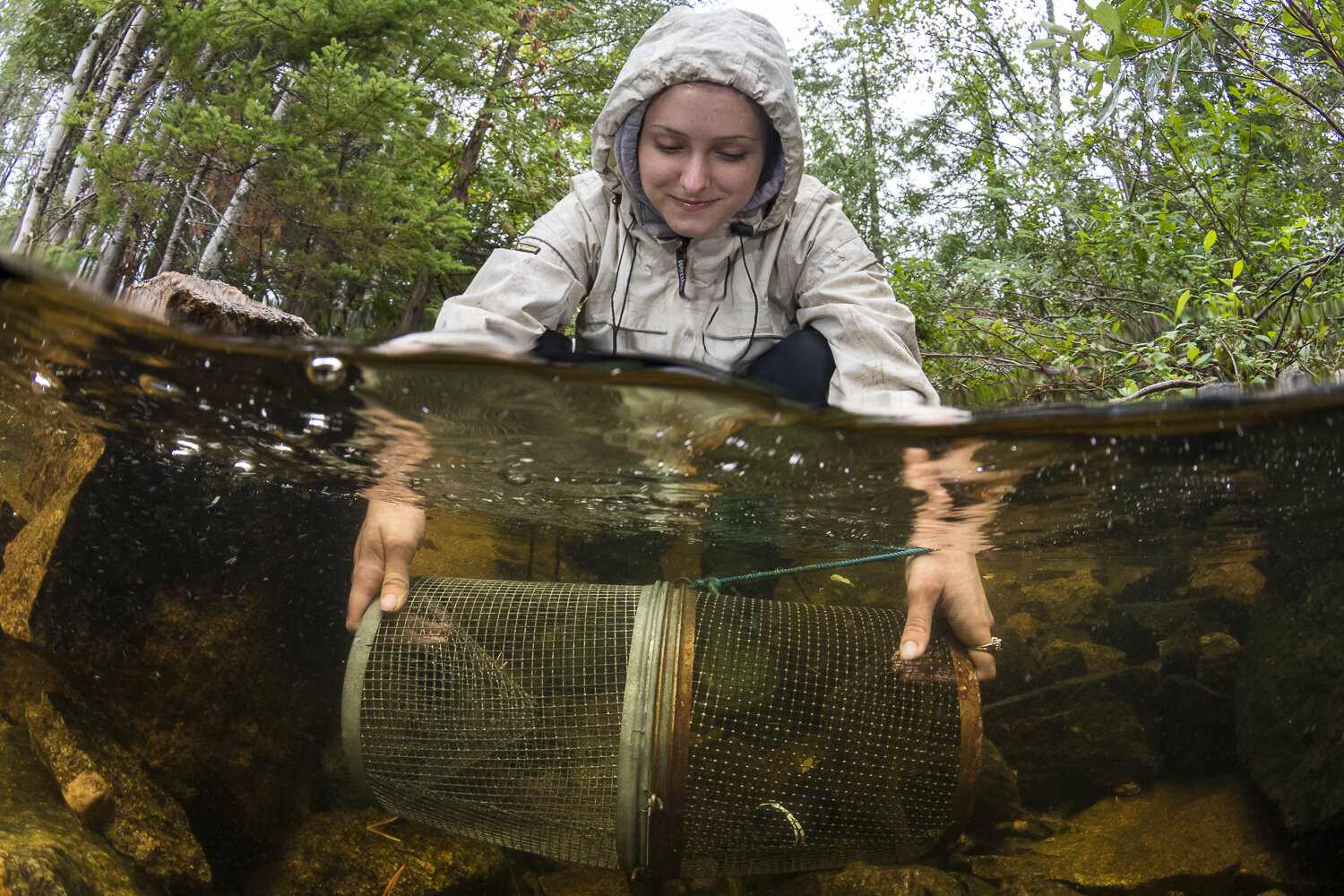

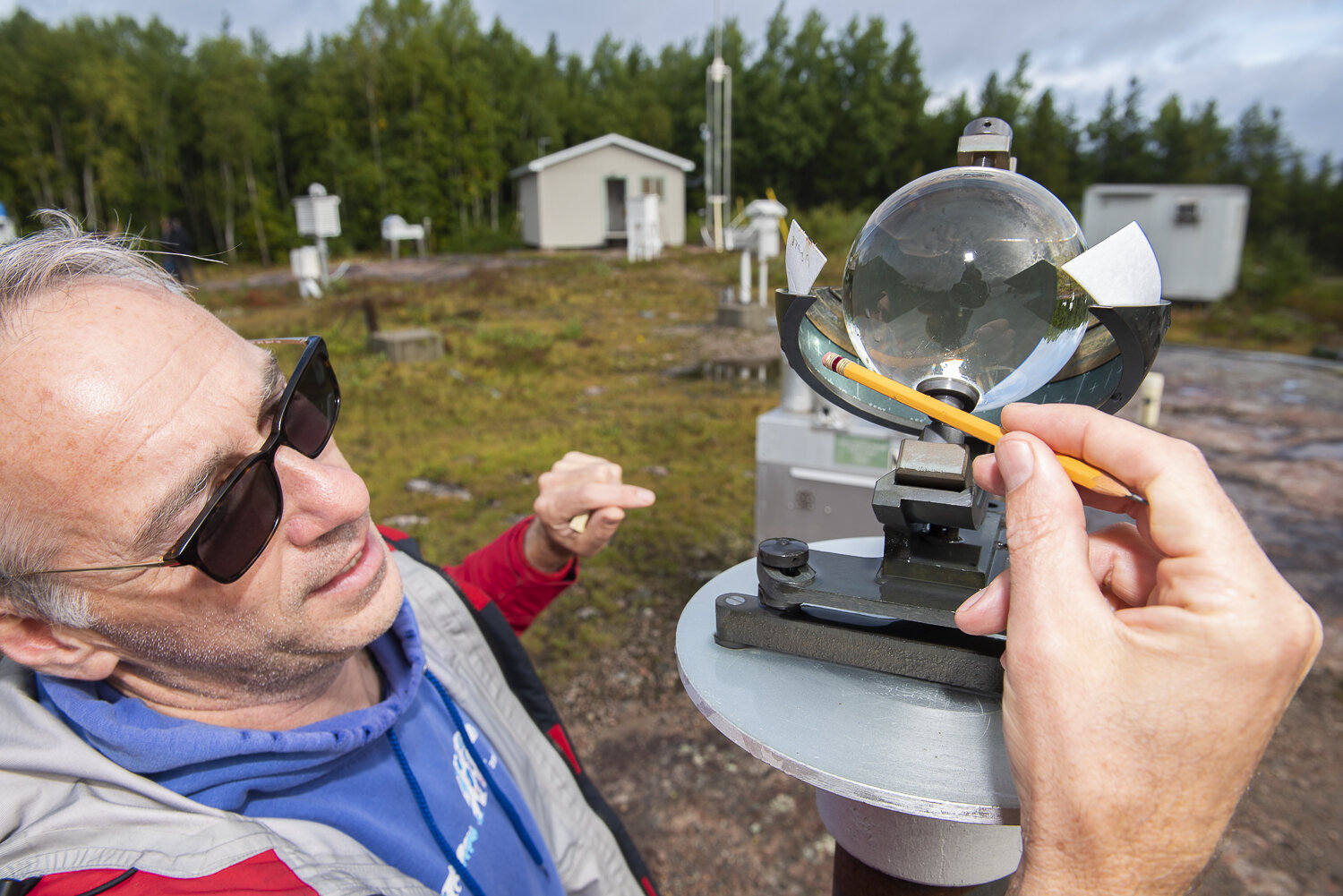
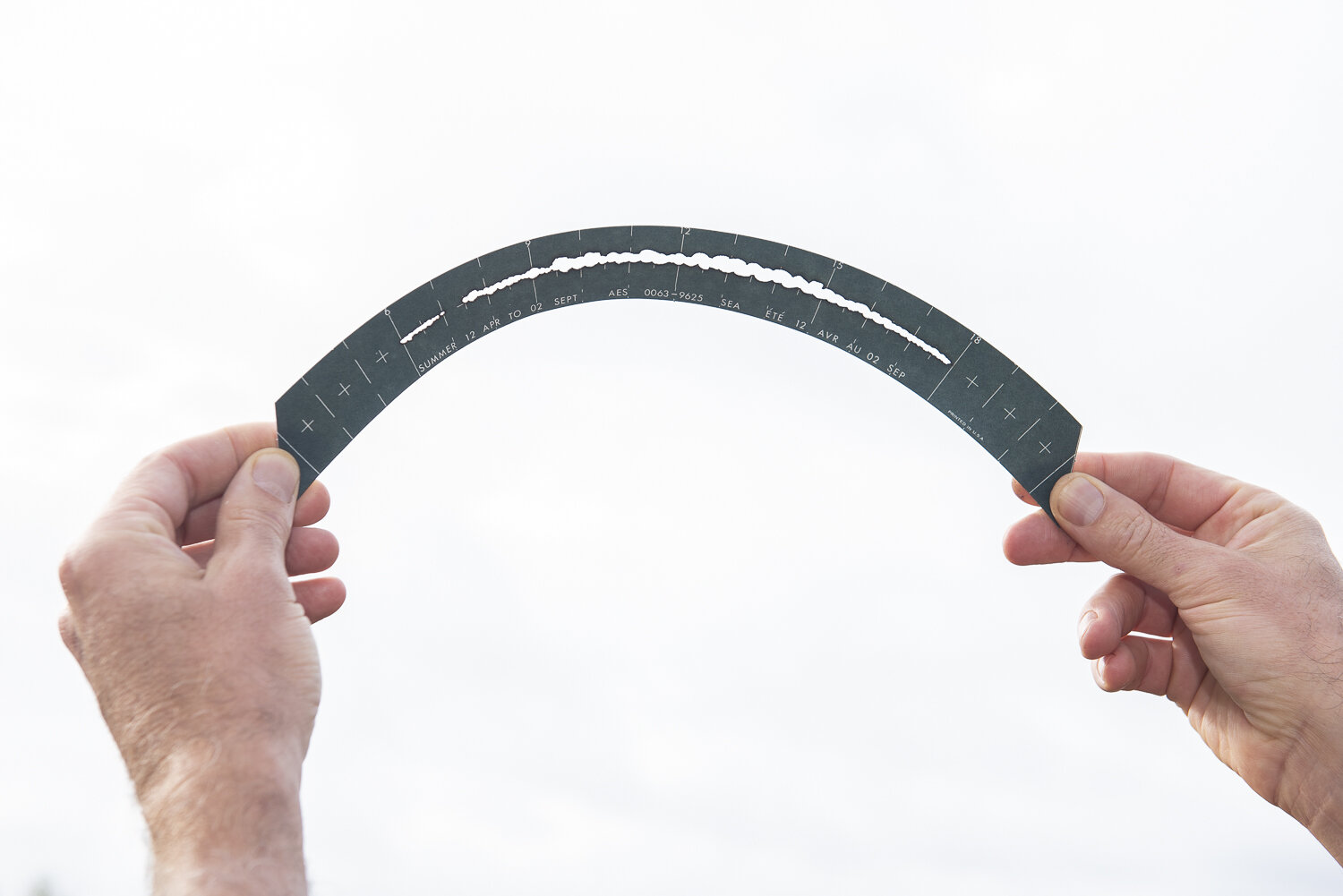

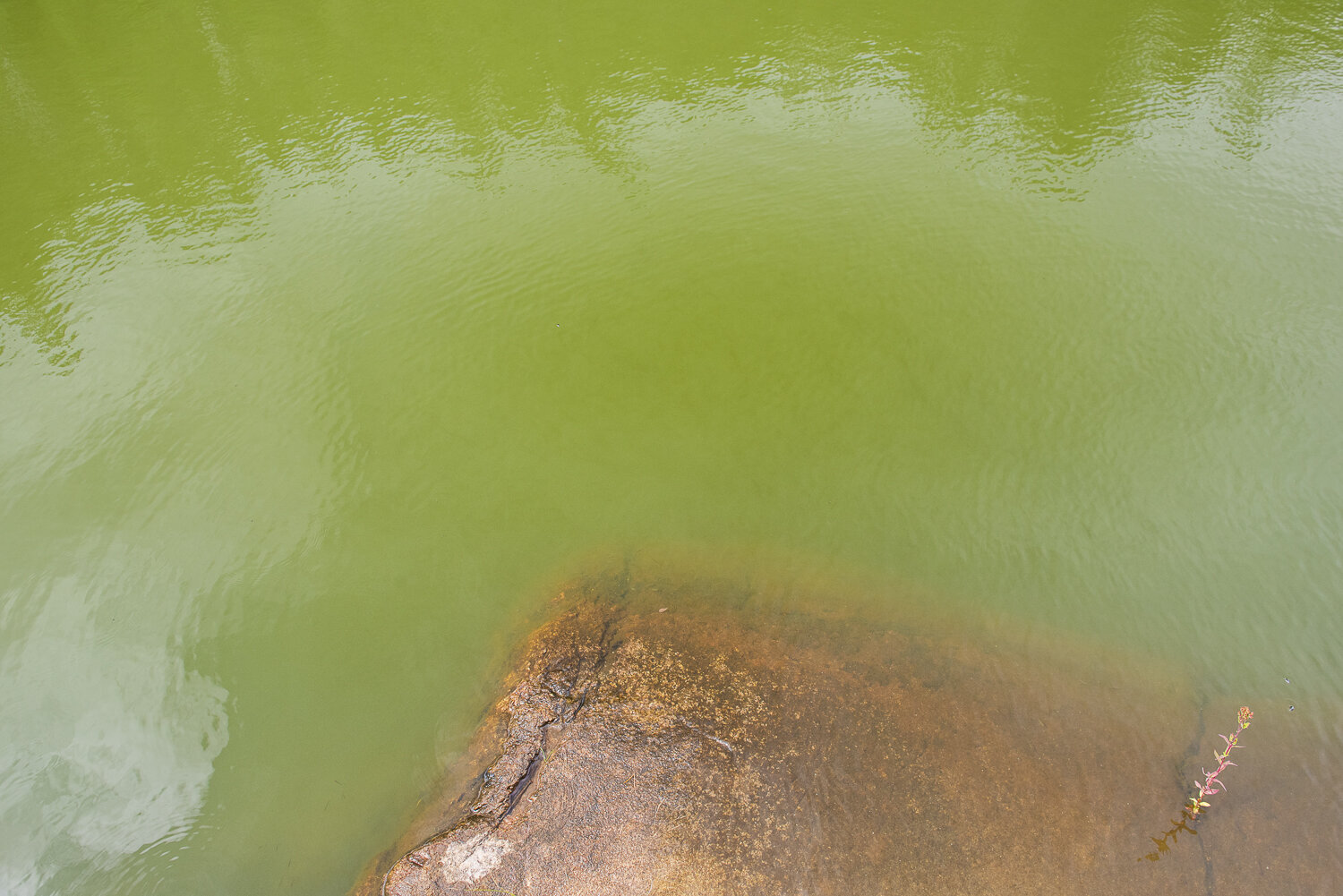
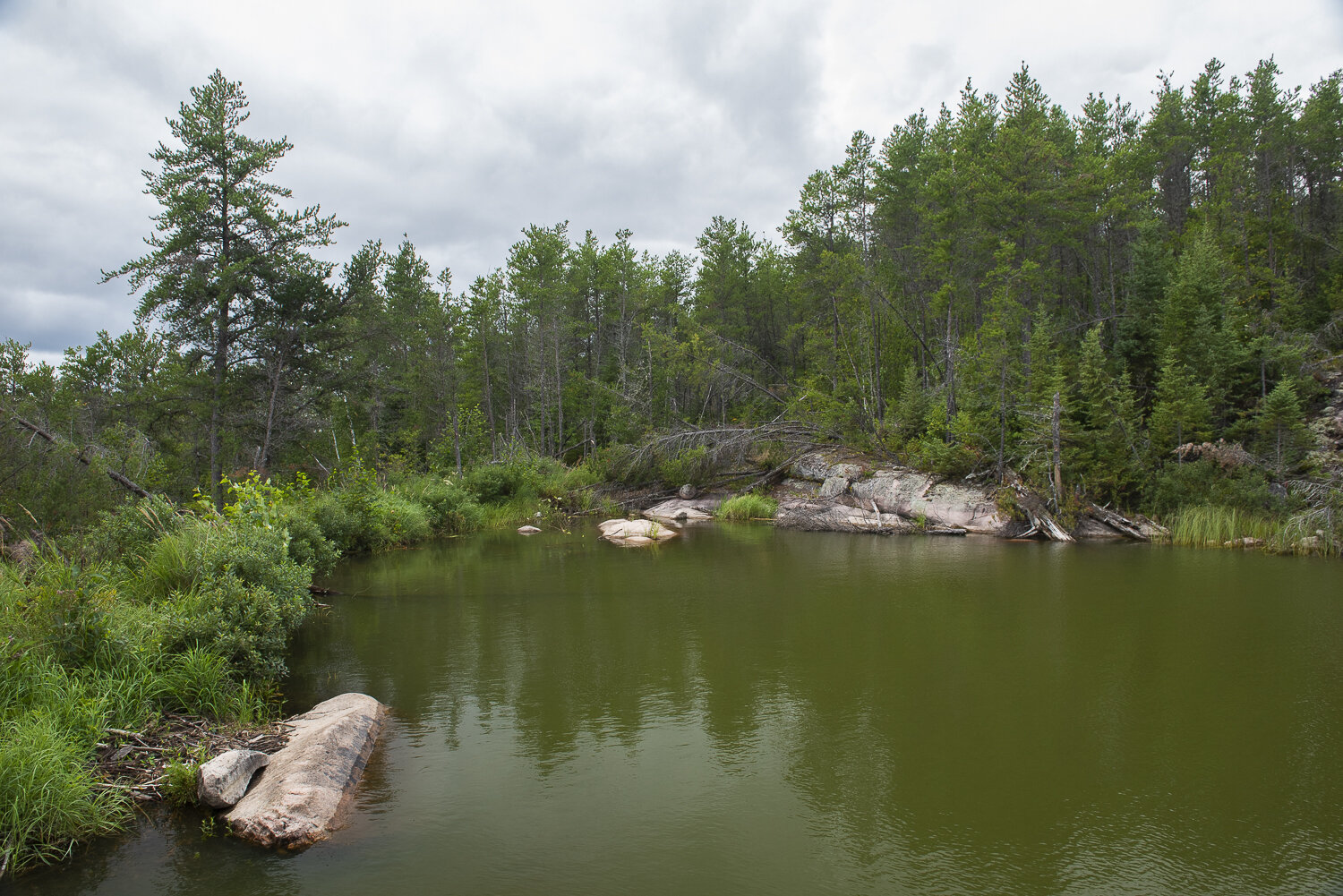
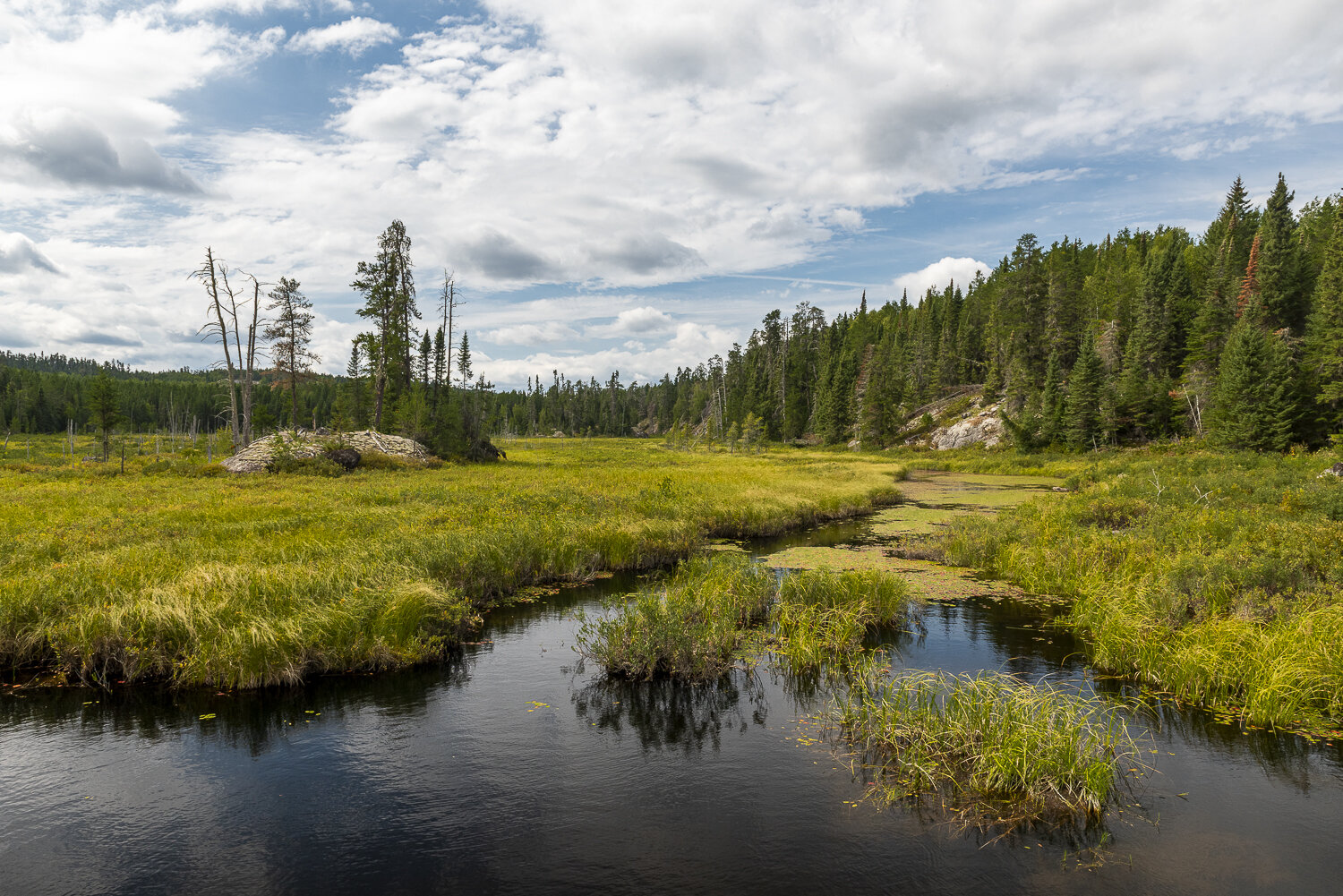
Piping Plover Conservation
This series was part of a story shot for Saltscapes magazine that detailed piping plover conservation in the Canadian Maritimes. These images were from a day spent shadowing conservation staff with the Island Nature Trust in Prince Edward Island.
